Best mountain bike helmets – top-rated head protection for trail, XC and enduro
Our expert pick of MTB helmets to protect your head and ensure you look good out on the trail
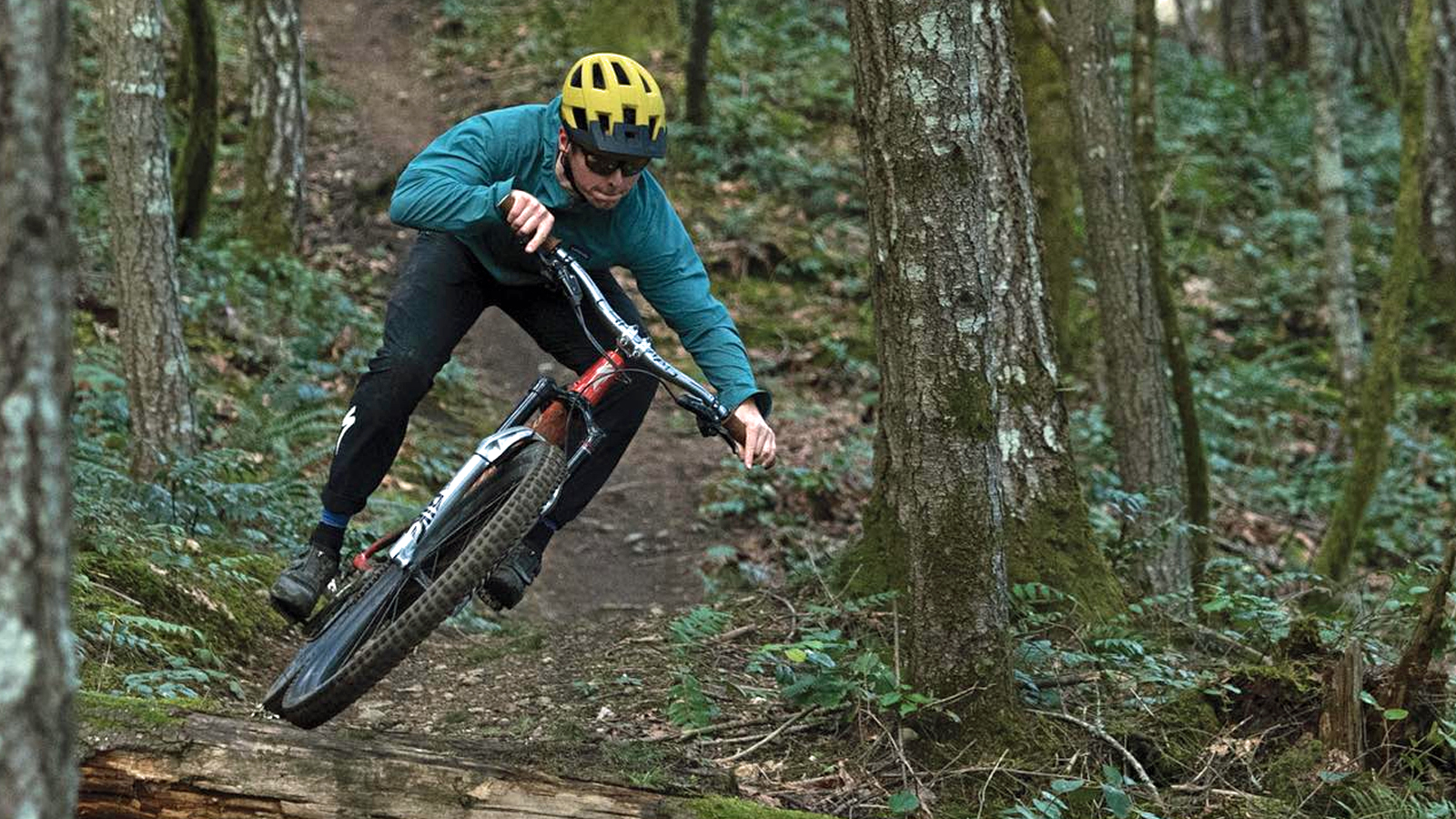
- Quick list
- 1. Best trail and enduro
- 2. Best value trail and enduro
- 3. Best entry-level
- 4. Best MIPS
- 5. Best full-face
- 6. Best enduro open-face
- 7. Best for ventilation
- 8. Best all-rounder
- 9. Best for style
- 10. Best XC overall
- 11. Best value XC
- 12. Best XC/road crossover
- 13. Best downhill overall
- 14. Best value downhill
- 15. Best downhill for racing
- 16. Best lightweight downhill
- 17. Best convertible downhill
- Comparison table
- How to choose
- How we test
It's absolutely vital to invest in the best mountain bike helmet you can afford. A secure, well-fitting and safety-tested lid is a cycling essential as head injuries are among the most serious a rider can suffer. Many studies have shown that a serious blow to the head can have lifelong repercussions on your health.
Manufacturers are of course aware of this and are constantly developing their technology to ensure the best mountain bike helmets keep improving. Many still use Expanded Polystyrene (EPS) to absorb impacts, though modern products benefit from refined designs, extensive testing, improved manufacturing, and new functionality.
Spherical technologies such as MIPS are now commonplace at most price points. Tests suggest that these systems, designed to offer rotational force protection in the event of a crash, absorb more energy, and almost all of the products below boast some form of slip-plane protection. If MIPS is your priority, check out our guide to the best MIPS helmets.
Our expert testers have reviewed the best head protection for the trails to pick out the best MTB helmets for trail/enduro, cross-country (XC) and downhill riding. With so many quality helmets on the market, however, your biggest challenge may be choosing between them. Read on for our complete list of the best mountain bike helmets, and if you're not sure what to look for, skip to the bottom for our advice on what to look for when choosing a helmet.
The best mountain bike helmets
Why trust BikePerfect
The quick list
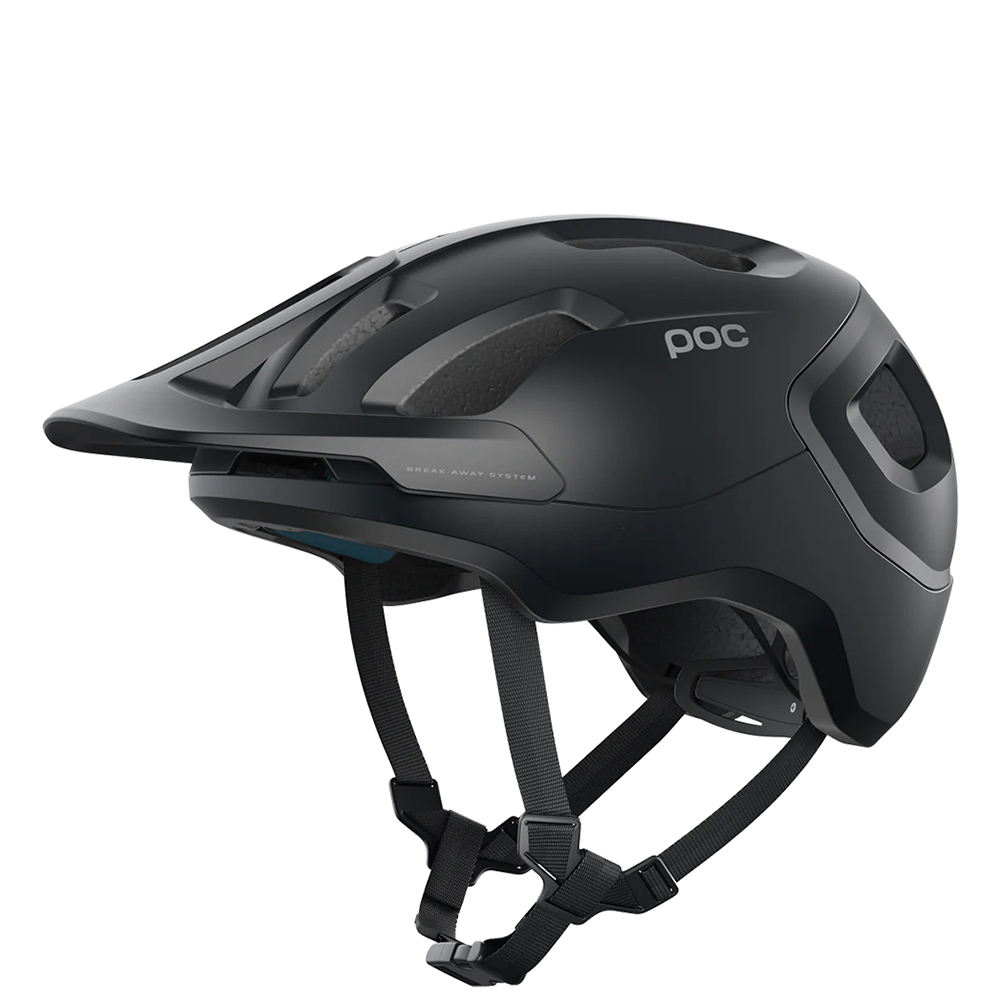
Best trail and enduro MTB helmet overall
A comfortable all-round performance helmet that offers excellent protection, and at a great price.
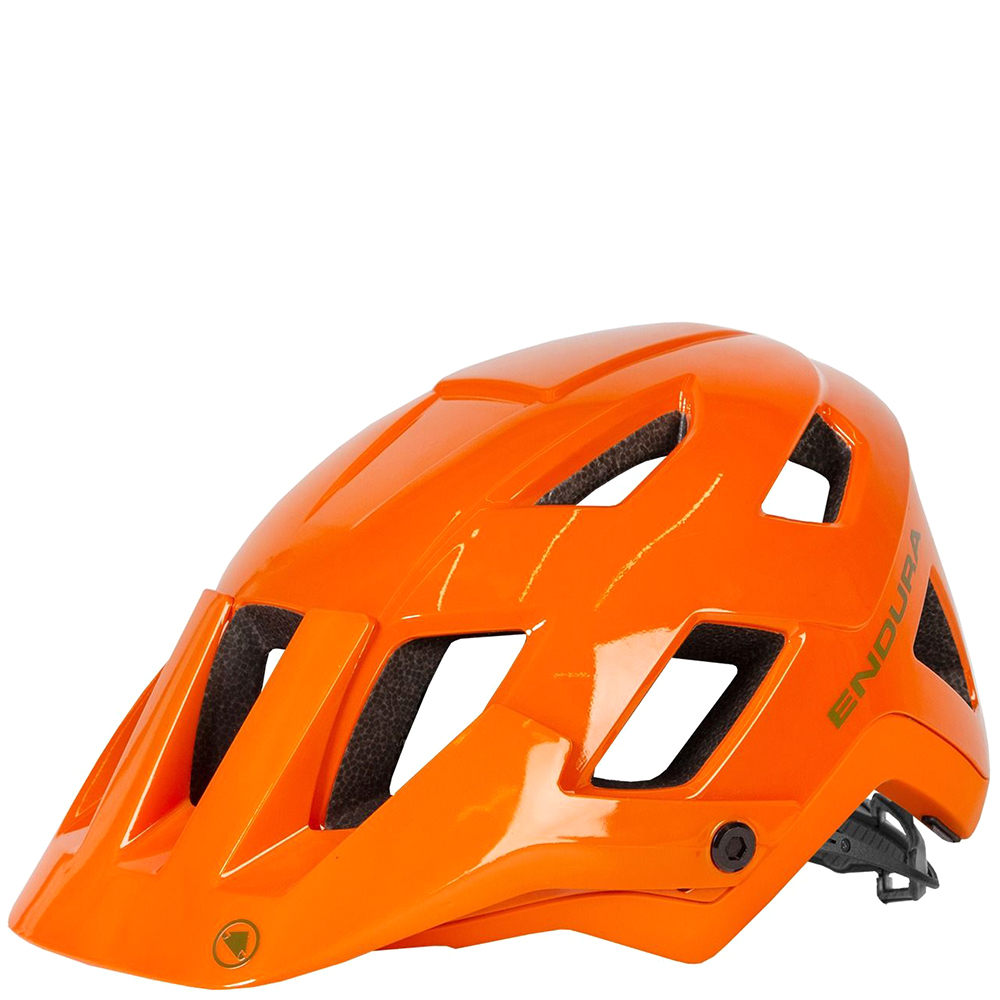
Best value trail and enduro MTB helmet
A wallet-friendly helmet that provides great levels of protection with a lot of trickle down tech from pricier models.
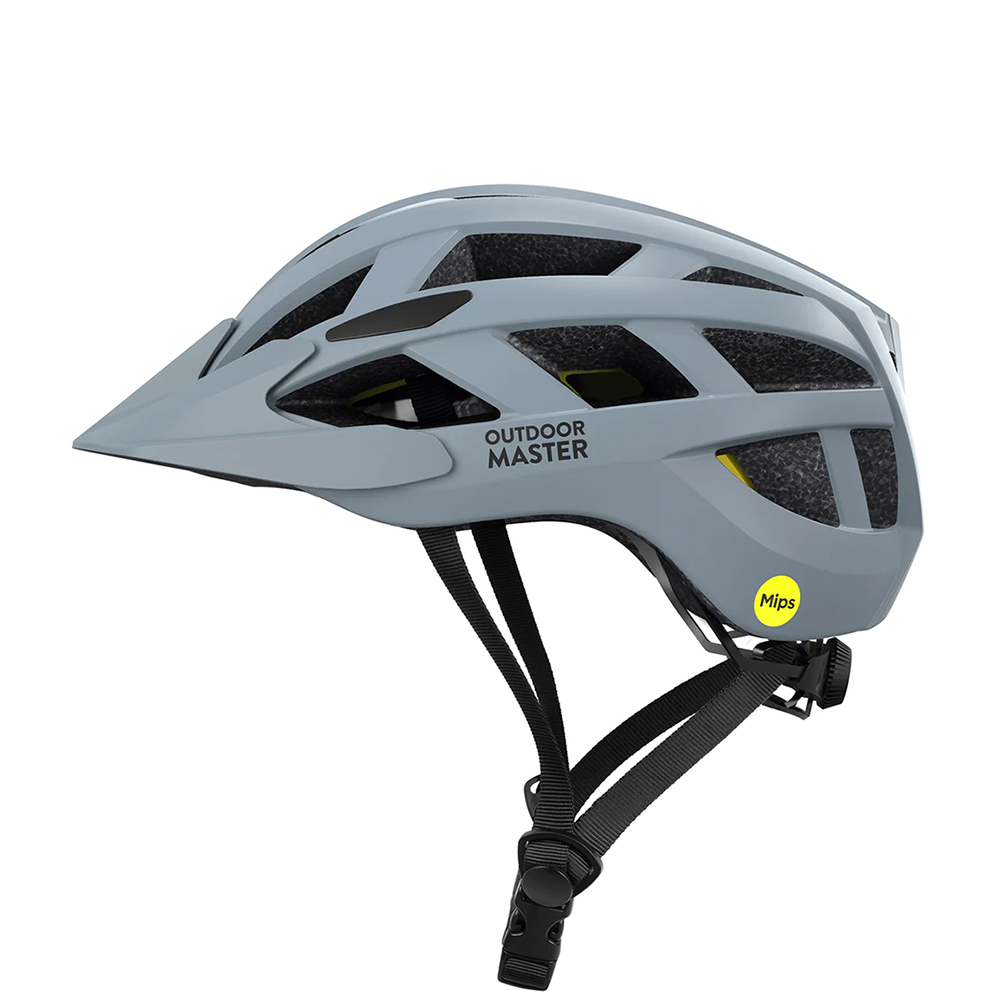
Best entry-level trail and enduro MTB helmet
Sturdy construction, MIPS protection, good looks and a light weight, make the Gem an excellent option for beginners.
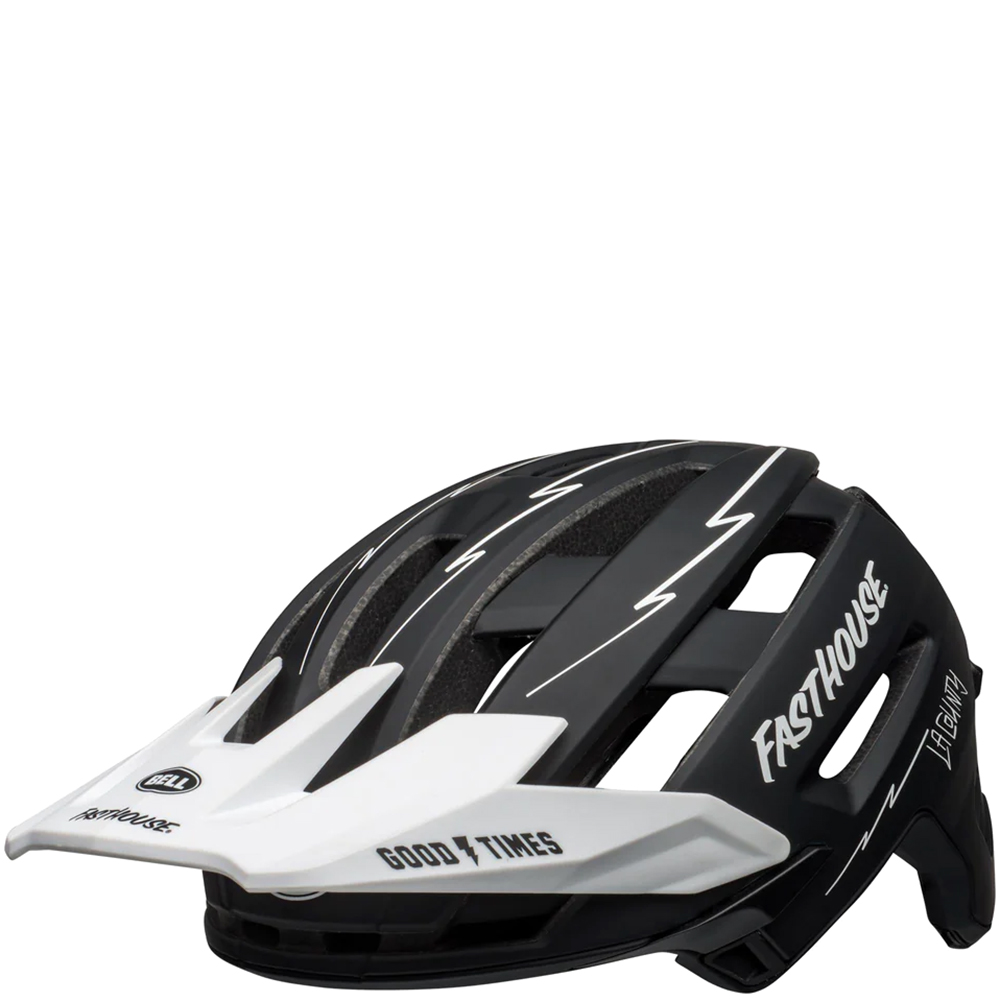
Best MIPS trail and enduro MTB helmet
A top-class helmet that gives excellent fit and adjustability, taking open-face protection to the next level.
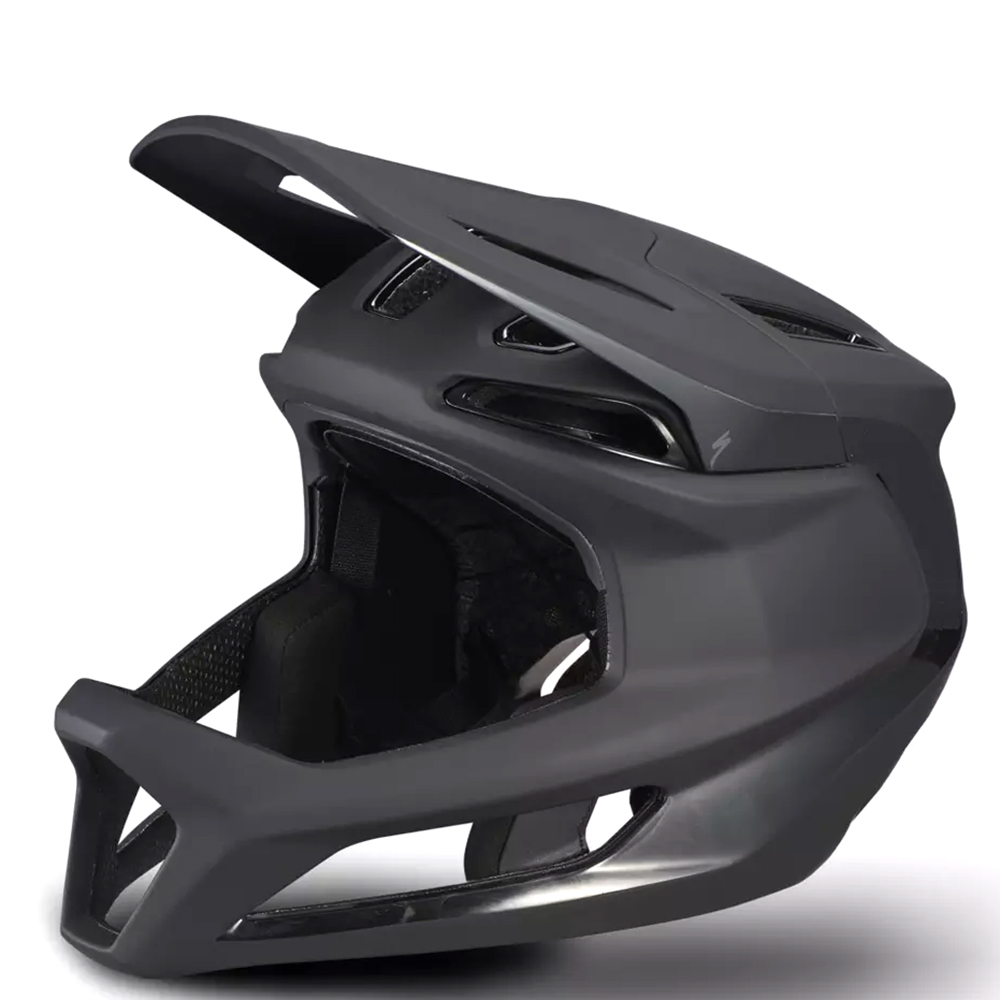
Best full-face trail and enduro MTB helmet
Delivers full DH protection while venting, breathing and weighing almost the same as an open-face helmet.
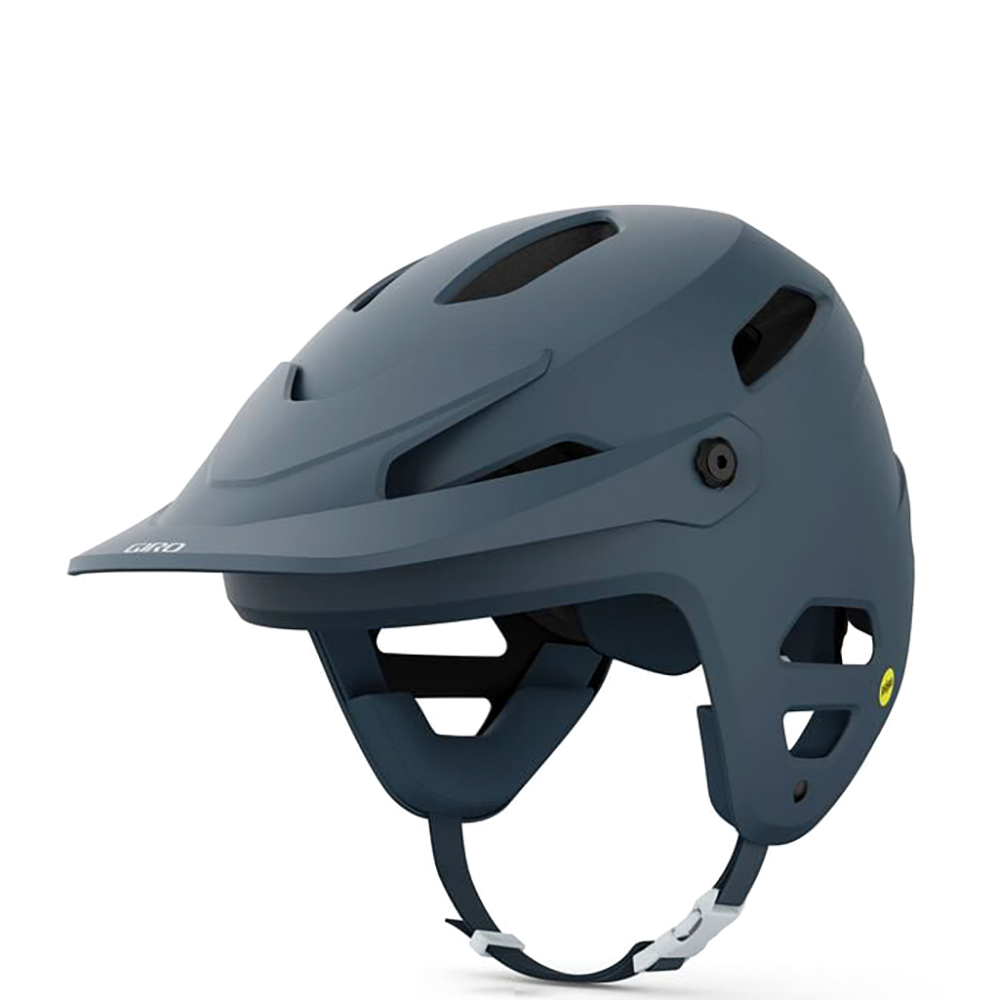
Best open-face trail and enduro MTB helmet
Brings excellent, innovative, extended protection with little heat or hearing compromise.
See the next 12 helmets ↓
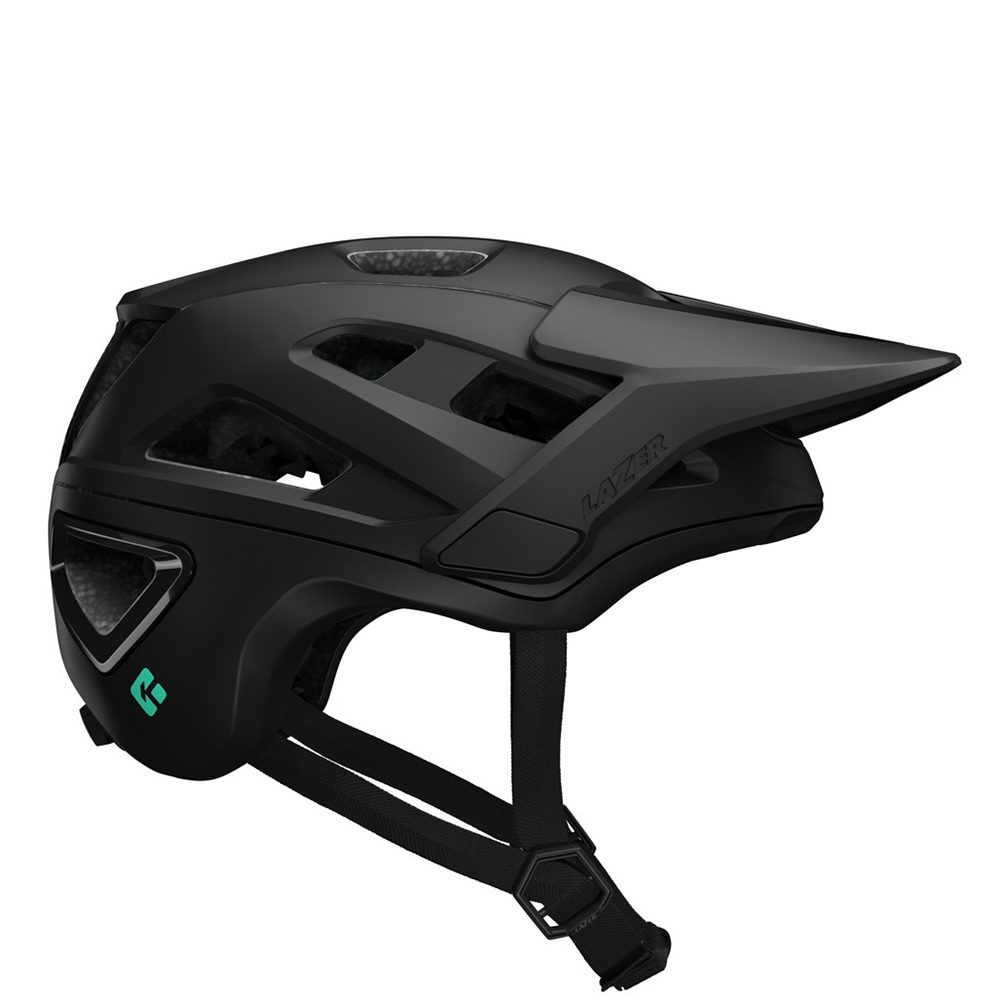
Best trail and enduro MTB helmet for ventilation
A high-performing helmet, with excellent ventilation, a great fit and an innovative protection system.
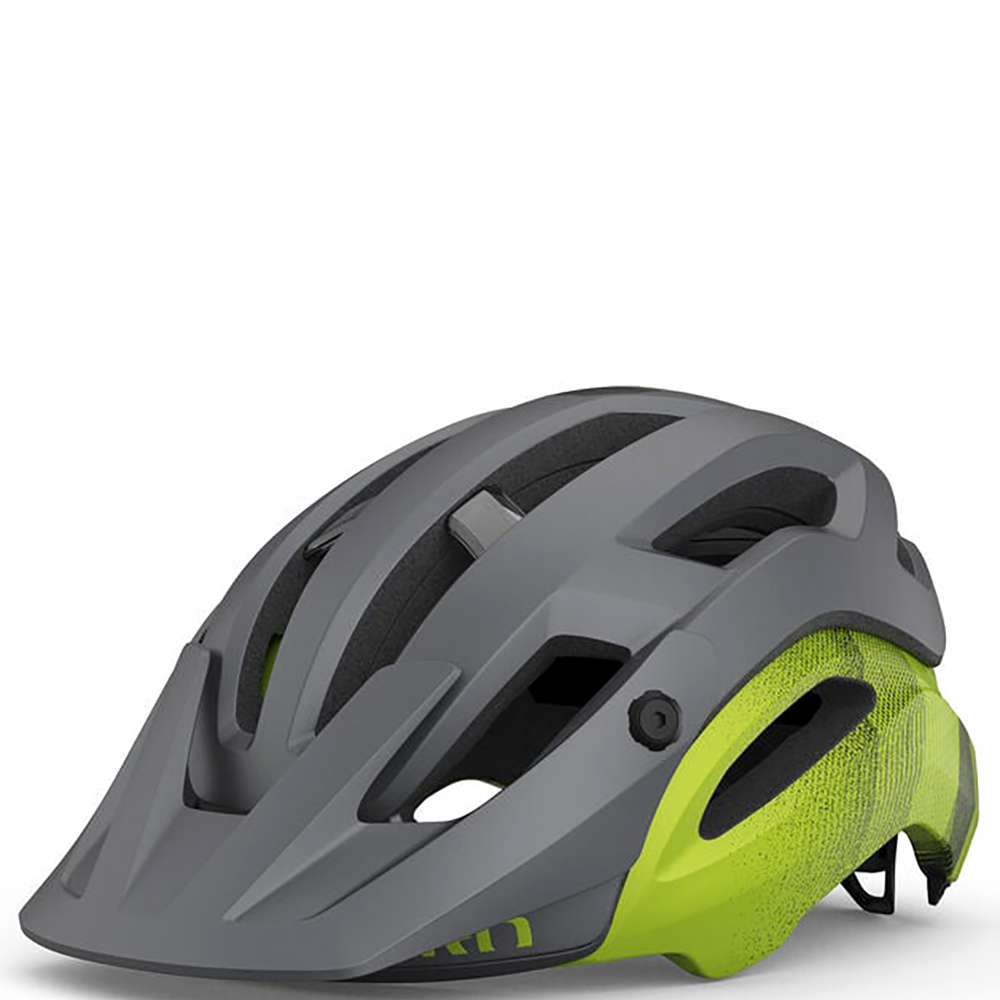
Best all-rounder trail and enduro MTB helmet
A premium helmet with unique double-decker MIPS protection, excellent ventilation and a host of practical features.
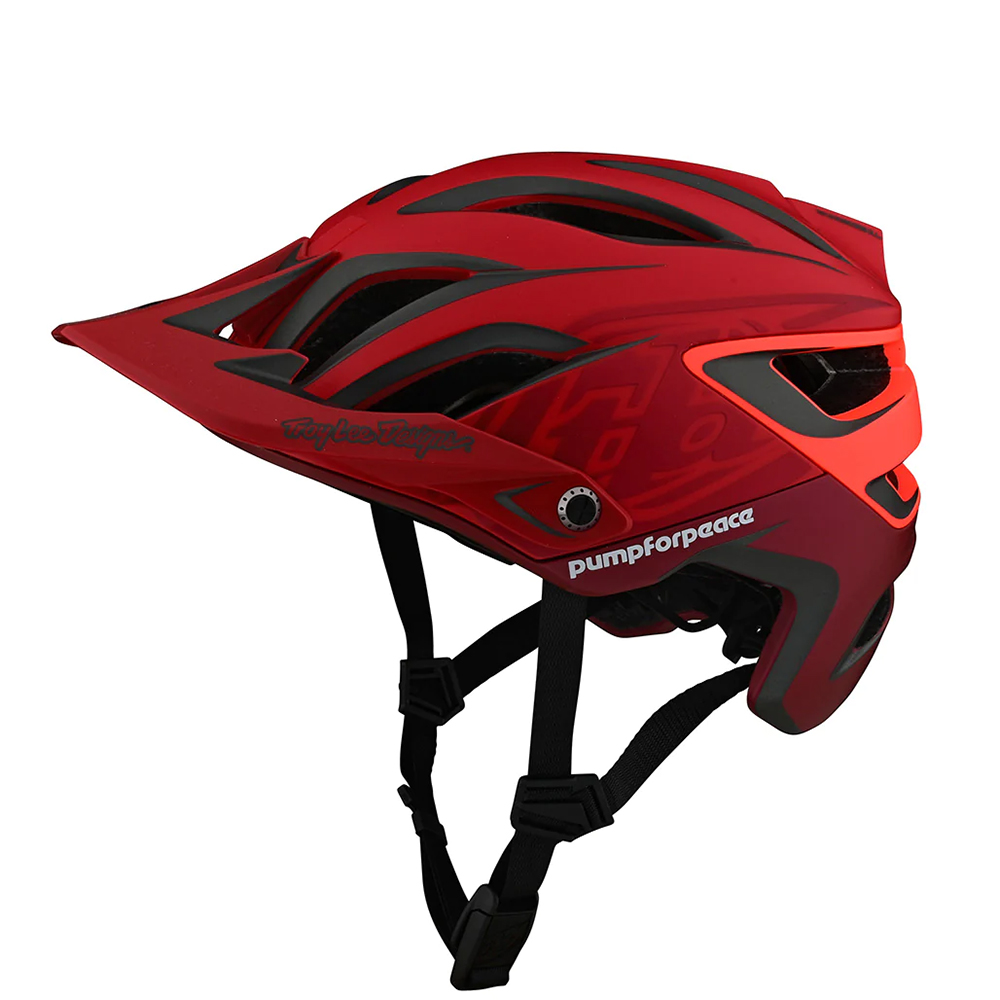
Best trail and enduro MTB helmet for style
A top end trail lid with a MIPS liner, magnetic visor, extended rear bumper, and classy, distinctive looks.

Best cross-country MTB helmet overall
An outstanding XC helmet with a lightweight, aerodynamic shape, MIPS protection and impressive ventilation.
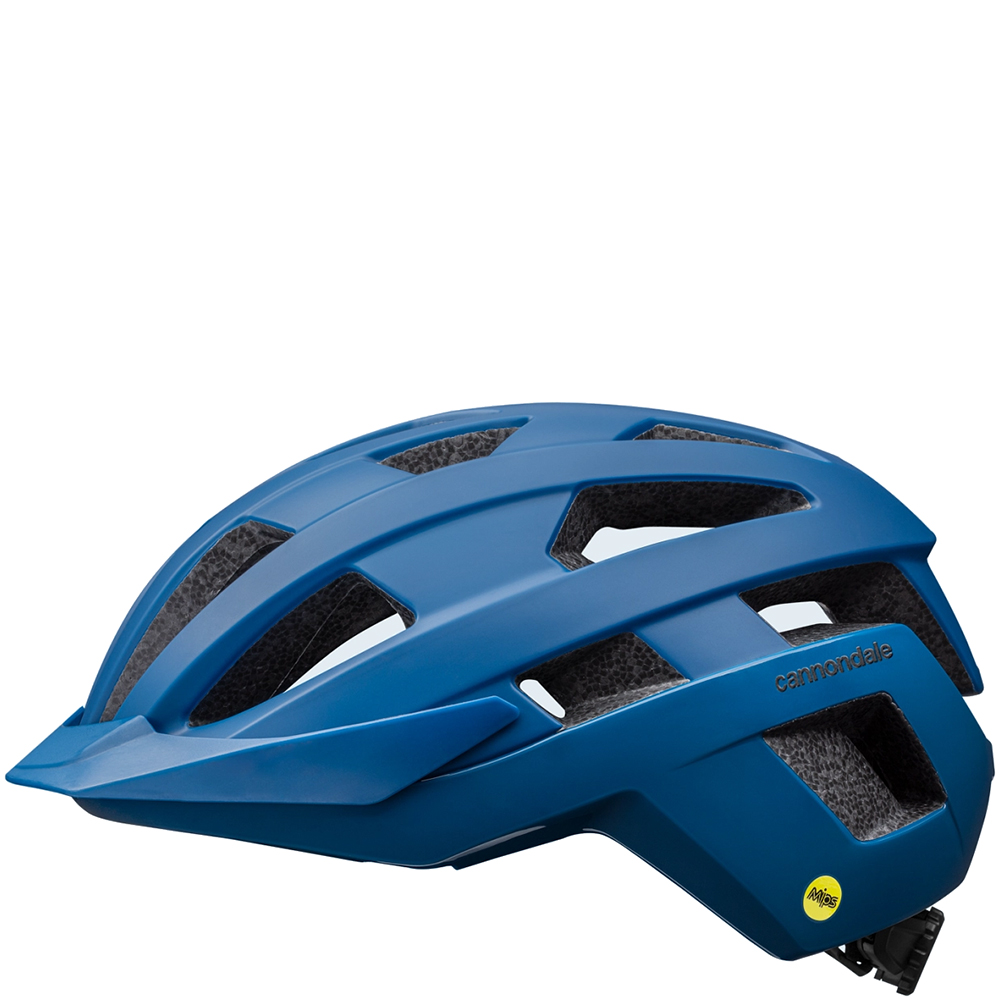
Best value cross-country MTB helmet
A lightweight, well-ventilated helmet that provides stylish off/on road MIPS protection at a great price.
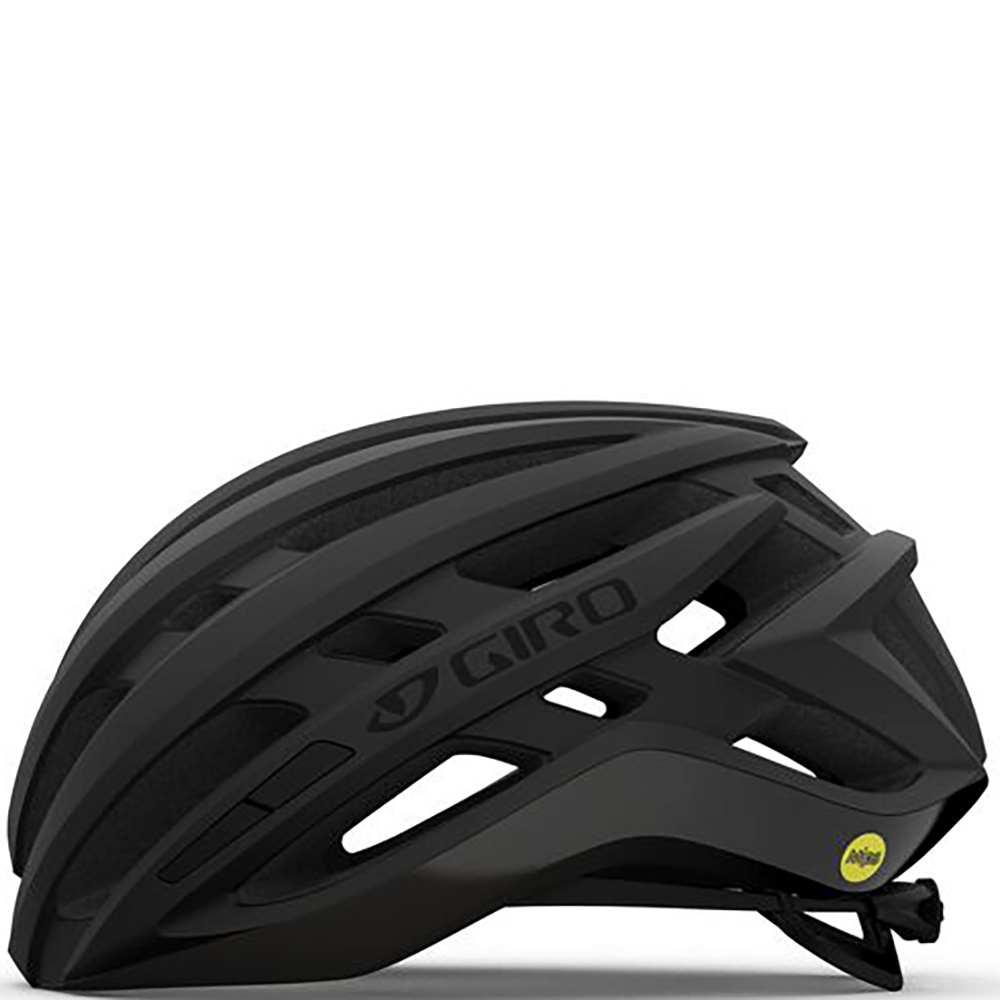
Best cross-country/road crossover MTB helmet
A great budget offering that offers the airiness of a road helmet with the added protection off-road riders need.

Best cross-country/trail crossover MTB helmet
A stylish helmet that features a detachable visor, which works perfectly for cross-country and light trail riding.

Best downhill MTB helmet overall
A great full-face helmet that matches clean looks with robust construction and some innovative design and safety features.

Best value downhill MTB helmet
An affordable full-face helmet that looks great, has an injection-molded ABS shell and features MIPS.
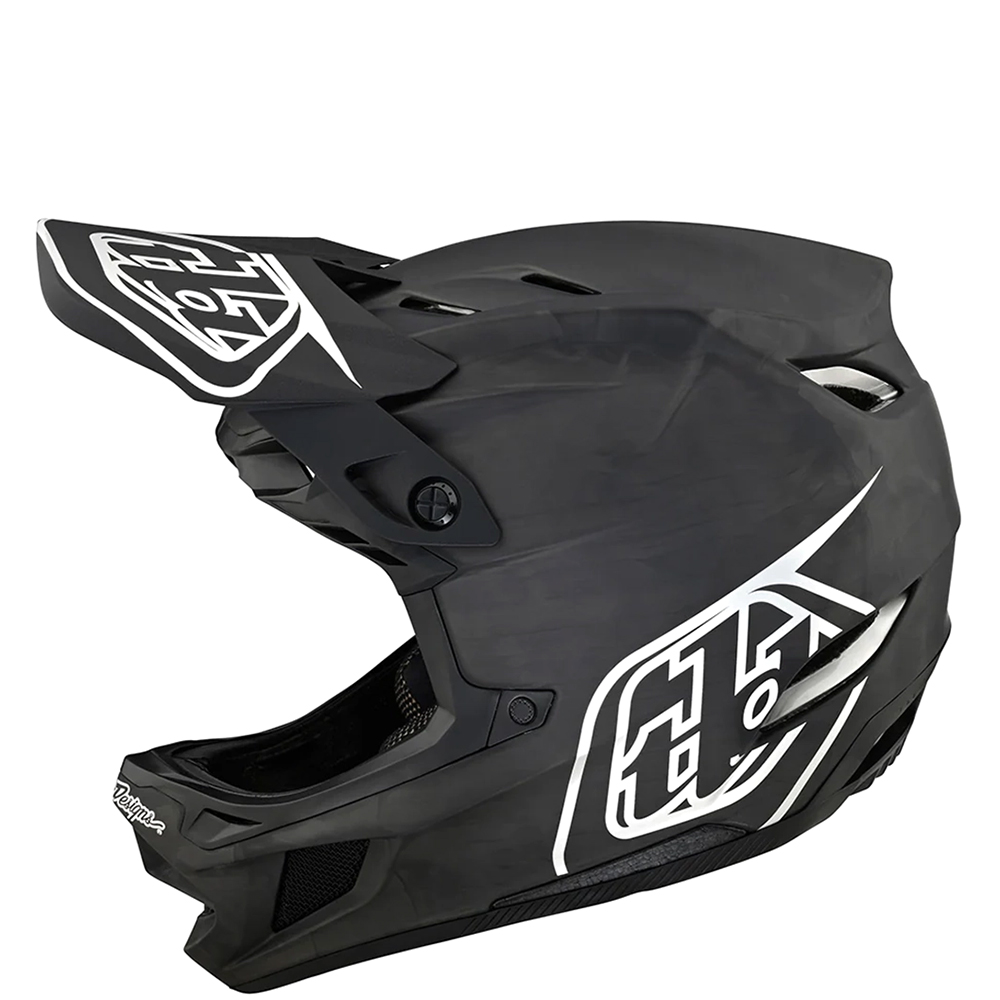
Best downhill MTB helmet for racing
An excellent full-face helmet that's lightweight with premium looks and feel, and sophisticated safety features.
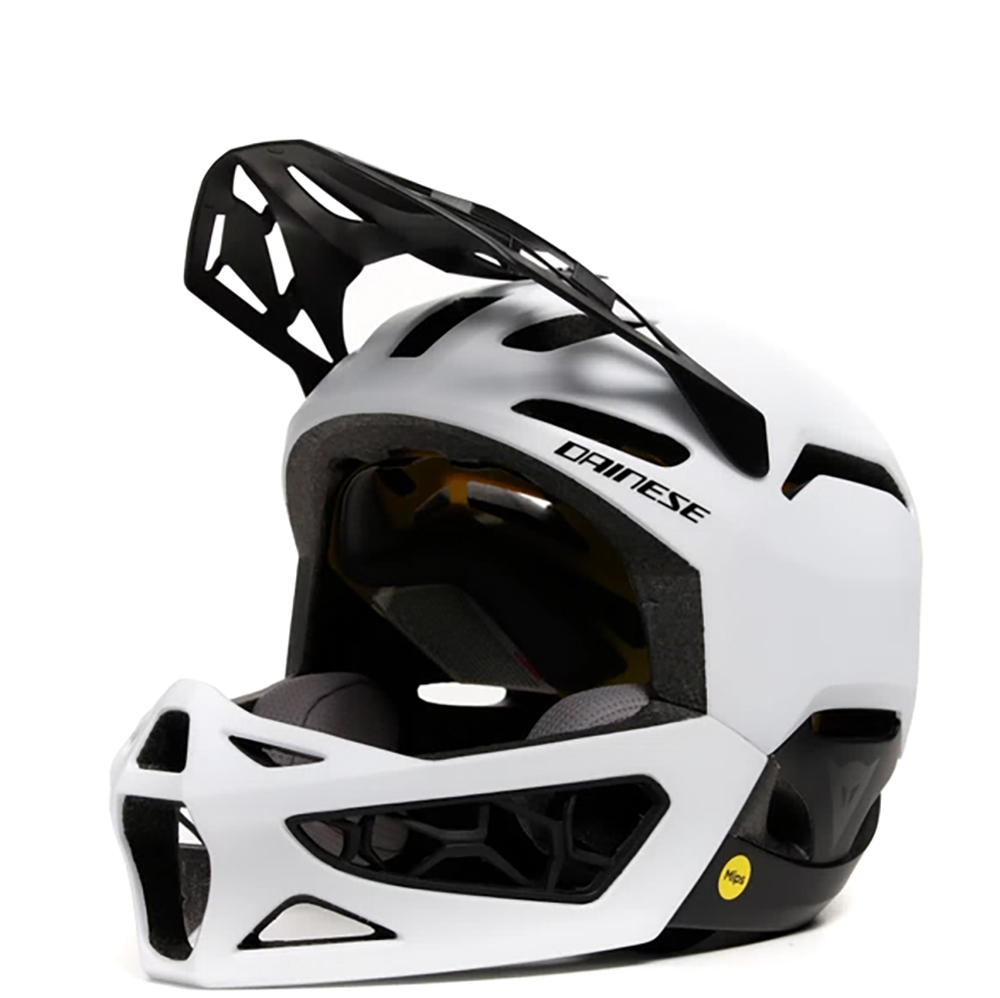
Best lightweight downhill MTB helmet
Ultra-lightweight, well-vented, and DH-rated full-face lid you can ride in all day long.

Best convertible downhill MTB helmet
A great option for trail, enduro or DH, the Super DH Spherical comes with a DH-certified, detachable chin bar.
Trail and enduro helmets
1. Best trail and enduro overall
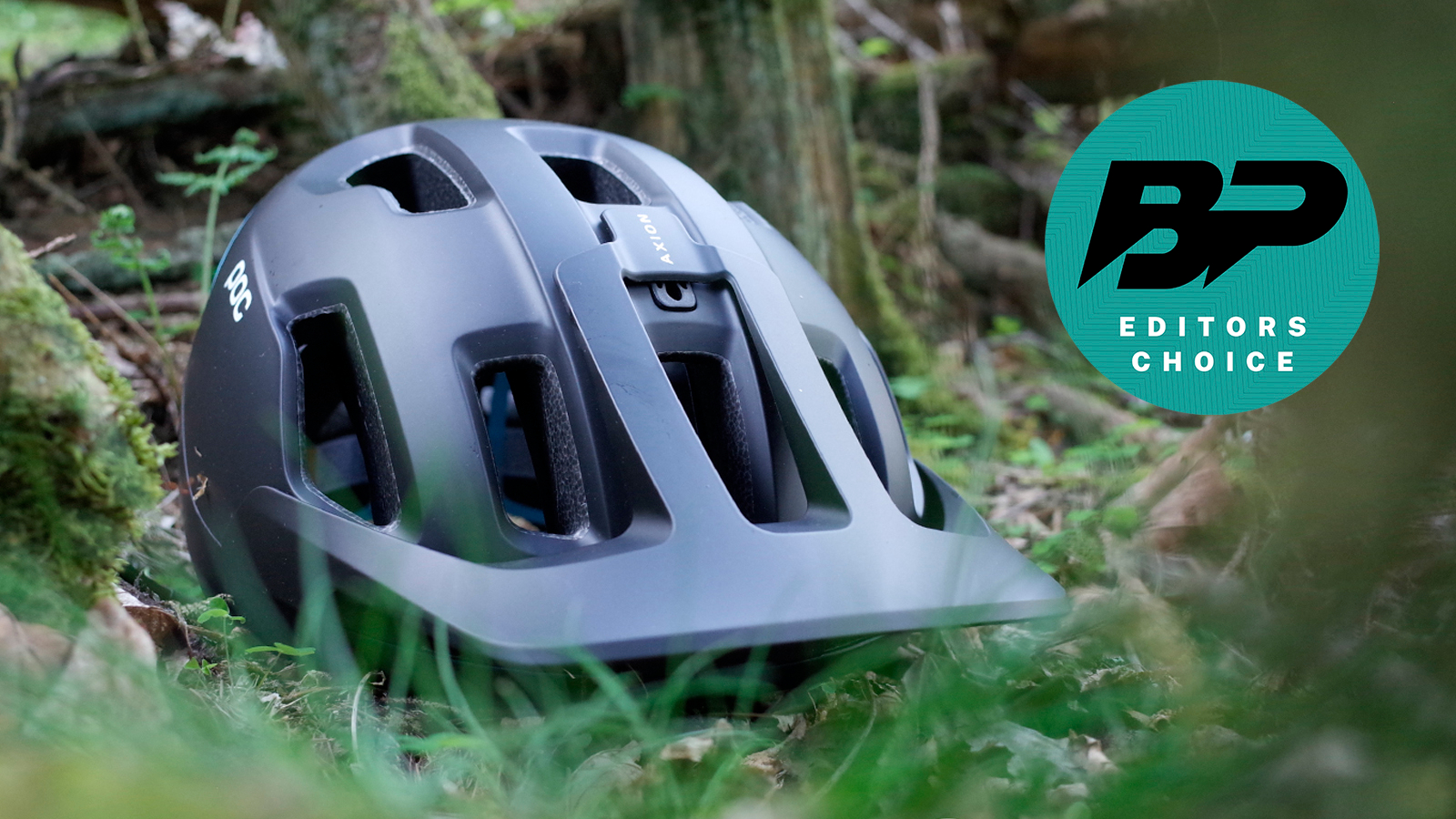
Specifications
Reasons to buy
Reasons to avoid
The Axion uses POC's SPIN technology, which stands for 'Shearing Pad Inside'. It's a rotational safety technology that, instead of using a floating liner like MIPS, places silicon inserts within the helmet's pads to create the slip plane. This means there are no compromises in the comfort or ventilation of the helmet.
It might be POC's cheapest helmet but it certainly didn't feel like it when we tested it. The top-notch aesthetics with great performance and value make the Axion one of the best half-shell MTB helmets for trail riding.
This is a relatively affordable helmet for trail and enduro riders who want that signature POC look. Aggro enduro riders might look for something with a bit more coverage area.
Our reviewer Graham Cottingham summed up: "POC has possibly made the Axion Spin too good, unless you are riding aggressive enduro trails that warrant the added Aramid protection in the Tectal, this is the POC helmet to go for."
Read our full review to find out why we awarded the POC Axion Spin five stars.
2. Best value trail and enduro
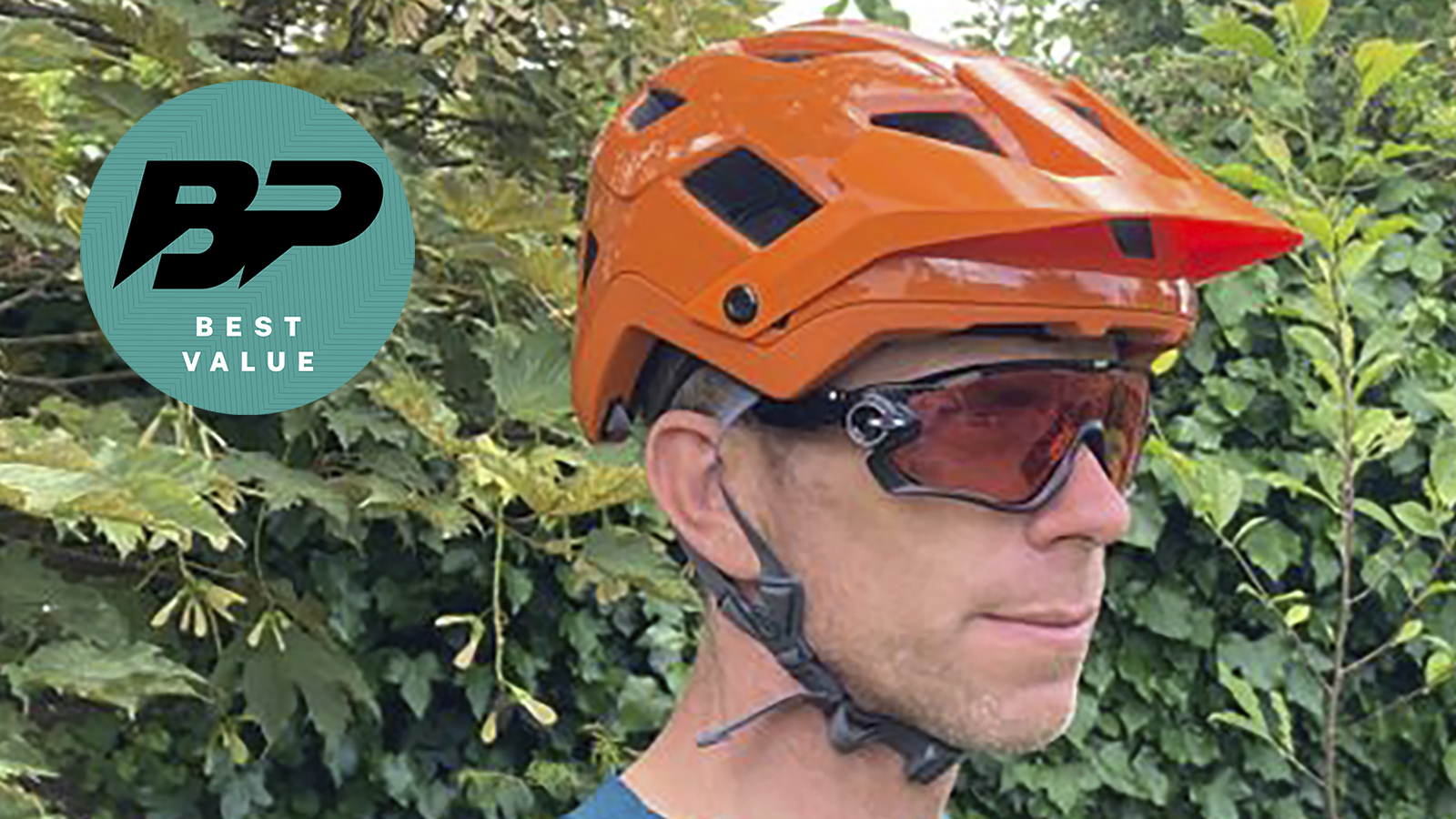
Specifications
Reasons to buy
Reasons to avoid
Endura’s Hummvee Plus is an affordable trail-focused helmet that offers decent protection with good coverage at the temples and back of the head. The peak is adjustable with three positions, although it is a little short which may affect its sun/rain protection.
It's a well-constructed helmet, with a molded EPS foam core and a protective hard outer shell. Endura says it has been designed with airflow in mind and there are 13 large vents. The helmet also features a MIPS liner, which is great to see at this price point.
We found the Hummvee Plus a comfortable fit without any pressure points. With the exception of some heat build-up in extreme conditions, on the trail it performed really well, and stayed secure even when tackling steep technical sections.
Our reviewer James Watkins reported: "I've worn this helmet on short techy rides in the woods, right through to plus three-hour XC rides, and have been impressed with the comfort level on offer. It's definitely a 'fit and forget' kind of helmet."
It's a great all-rounder at a bargain price. For more info, check out our full Endura Hummvee Plus review.
3. Best entry-level

Specifications
Reasons to buy
Reasons to avoid
The Outdoor Master Gem might well be the cheapest MIPS-equipped MTB trail helmet currently available. But don't be fooled, the total bargain price tag doesn't mean sub-par performance, and the Gem sports impressive build quality and efficient venting, making it ideal for beginners or singletrack devotees.
The Gem's fit doesn't sit as low as some, so protection levels don't feel quite high enough for enduro style trails, but it's totally sorted for XC and general trail use. With 25 vents varying in size, the Gem's airflow is notable on the trail which makes it a great option for those based in warm climates.
We're also fans of the Gem's adjustment dial which allows for the sizing to be tweaked on-the-fly with ease. It's available in a wide range of colors so you're guaranteed to find a shade that matches your tastes.
Our reviewer Rich Owen concluded: "Sturdy construction, MIPS protection, good looks and a light weight make the Gem an excellent option with a bargain price tag."
Check out our Outdoor Master Gem helmet review.
4. Best MIPS

Specifications
Reasons to buy
Reasons to avoid
The Bell Super Air Spherical offers excellent protection, combining Flex Spherical technology with MIPS. This means the helmet is made of two layers with a degree of movement between them which Bell says helps protect against low speed, high speed, and rotational impacts. It also has an optional chin bar to convert it to a full-face helmet.
Airflow is good with 18 vents, plus four brow ports. The fit is easy to adjust with five snap fit rear adjustment positions in the cradle and a rubberized dial at the rear, while the mid-length visor is adjustable with three positions.
In our tests the Super Air felt really comfortable and secure. Despite the deep shape, we found that air is channeled well around the helmet, and it never felt too heavy. The fit is excellent and easy to adjust as you ride via the thumb-wheel at the rear.
Our reviewer Rich Owen summed up: "The Bell Super Air Spherical is a top-class option that combines a high level of protection, great fit, decent ventilation, and comfort levels with a reasonable weight."
For more, check out our full Bell Super Air Spherical review.
5. Best full-face
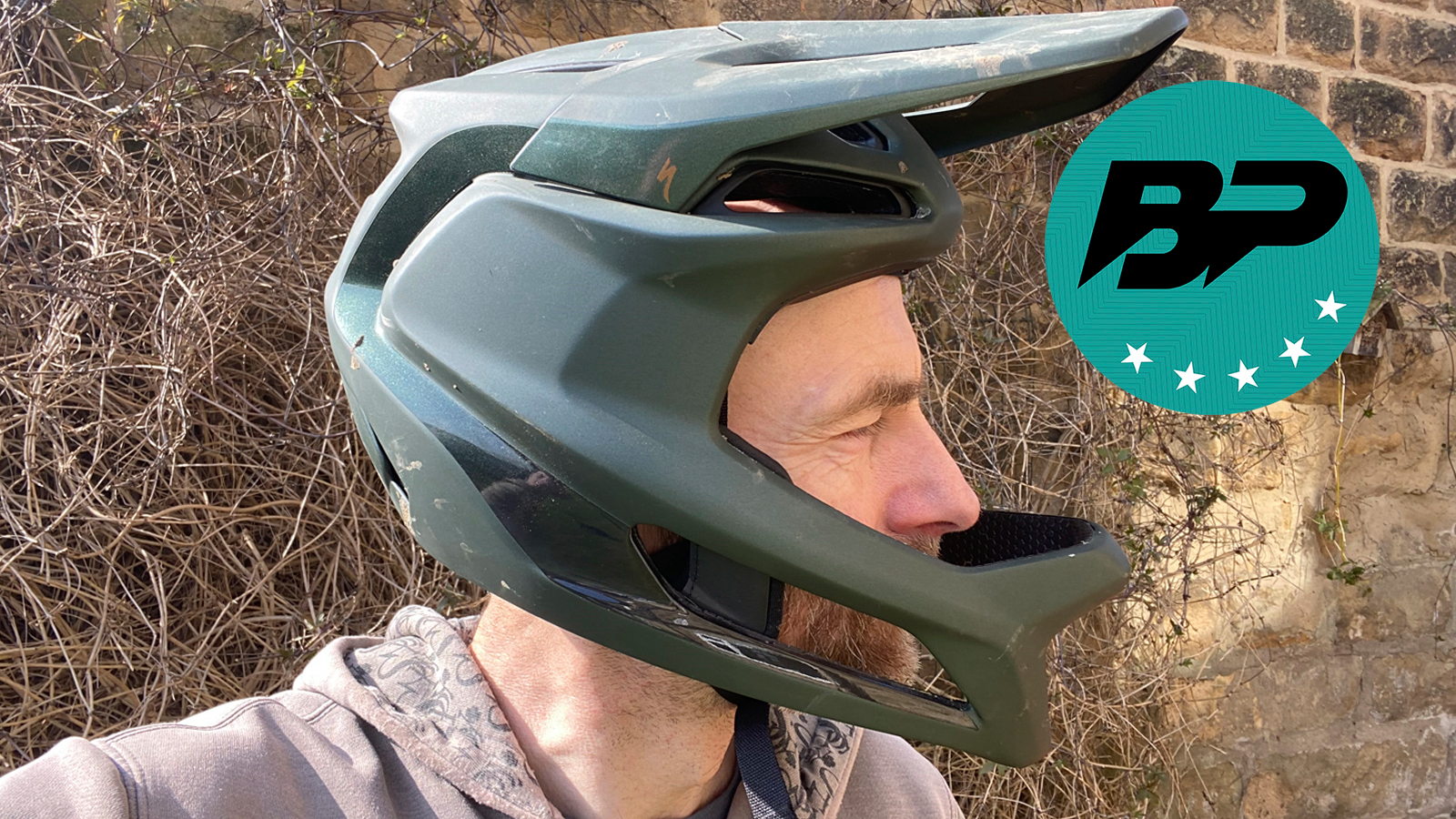
Specifications
Reasons to buy
Reasons to avoid
Specialized's Gambit is a full-face helmet that's super lightweight, thanks to the polycarbonate-backed carbon fiber shell which allows big holes without compromising on strength, yet still achieves full DH safety certification.
Five different density pieces of very thin EPS foam mean it’s smaller in external size than most full-face lids and the padding is minimalist too. While you get two chunky switchable chin pieces to keep your jaw padded in a slam the rest of the padding is more like a road/XC lid. The 'MIPS SL' rotation protection layer dodges any internal skin by putting the pads themselves on stretchy elastic band mounts.
The Gambit has a cradle with clip-lock buckle to secure the helmet via a vertical slider adjustment system and a dial at the rear. This keeps the Gambit both airy inside and super light at just over 600g for our medium sample, so it’s no strain on your neck.
The only potential grumble we found when we tested was a fixed visor that’s so high it doesn’t provide any weather protection. It’s light, snaps off easily in a crash, won’t flap out of position and leaves plenty of room for goggles, though, so it’s swings and roundabouts on that one.
Our reviewer Guy Kesteven summed up: "The bottom line is that it delivers full DH protection while venting, breathing and weighing almost the same as an open-face helmet."
For more info on why we gave this helmet five stars, read our full Specialized Gambit review.
6. Best enduro open-face

Specifications
Reasons to buy
Reasons to avoid
The Giro Tyrant helmet features much more material coverage toward the rear of the head. In fact, the side walls extend all the way over your ears, so you get more protection without needing to wear a sweaty full-face. Speaking of sweat, we found the helmet does get hotter than some other trail or enduro helmets, but it's not as bad as one may assume.
The helmet features MIPS for spherical protection as is standard on nearly all Giro lids. There are vents on the cheek pads/sidewalls, too, to help with heat management. The visor is also adjustable, and the internal pads use slimline webbing.
Our reviewer Guy Kesteven concluded: "Giro’s Tyrant gives significant extra crash protection with remarkably little heat or hearing compromise and comparatively low cost."
We felt the Giro Tyrant set the benchmark for open-face aggro helmets – see why in our full review.
7. Best for ventilation
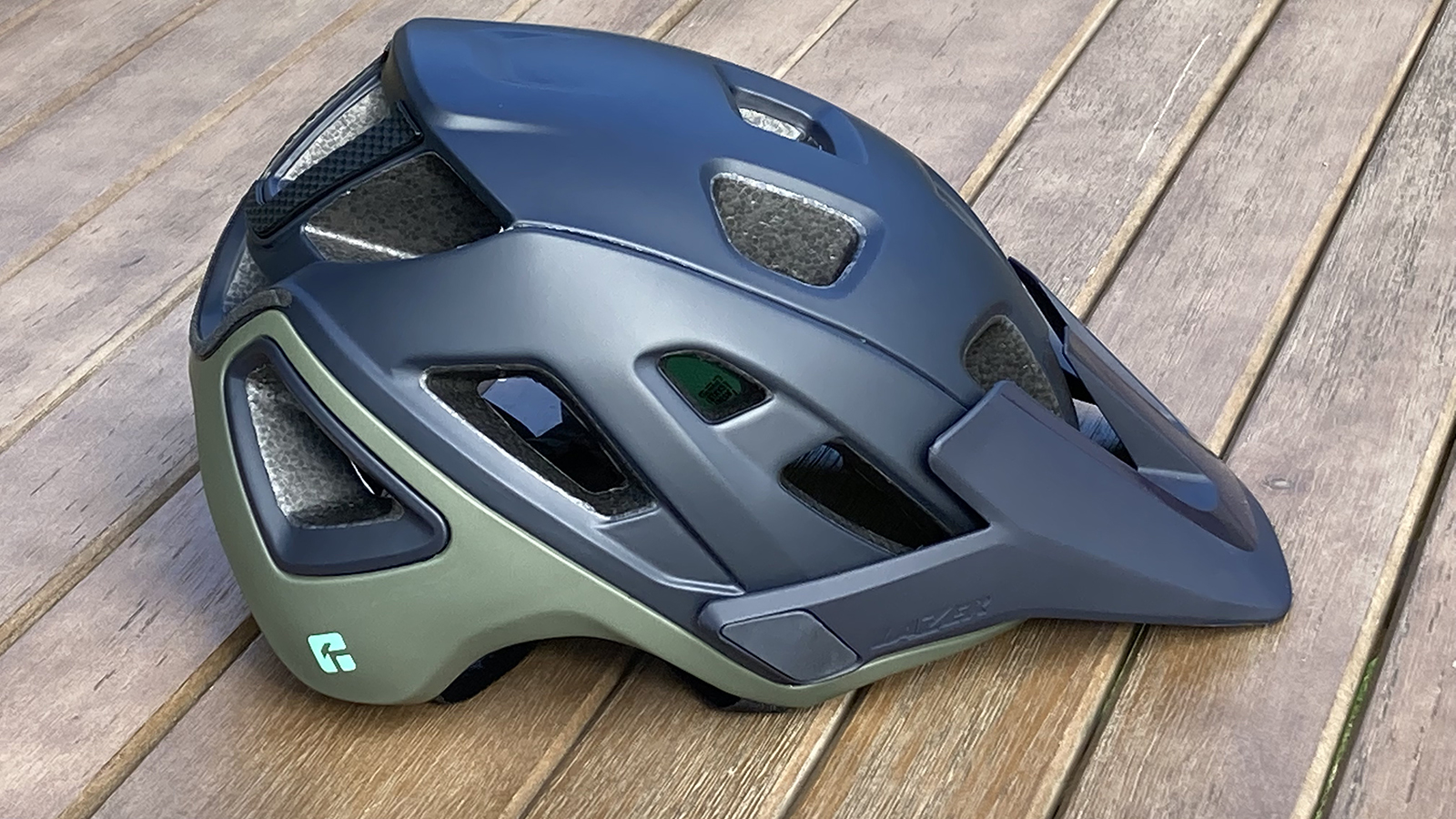
Specifications
Reasons to buy
Reasons to avoid
The Jackal is made by the lesser-known company Lazer, but stands up well to competition from bigger brands. One of the standout features of this helmet is its ventilation properties. Compared to other trail/enduro lids, it has much more evident vents, and airflow is excellent.
This KinetiCore version of the Jackal uses Lazer’s in-house tech to bolster the impact absorbing properties of the helmet's EPS foam core, by introducing shapes and cutouts on the inside of the helmet, which are designed to crush on impact.
In our tests we the helmet very comfortable, so much so we almost forgot we were wearing it, and fit adjustment was easy too. Another handy feature is the included GoPro mount which fits into a vent at the top of the helmet.
Our reviewer James Watkins summed up: "The excellent fit and innovative protection on offer makes the Jackal KinetiCore a competent and understated trail-focused helmet that's well worth the outlay."
Read our full review of the Lazer Jackal KinetiCore for more details.
8. Best all-rounder
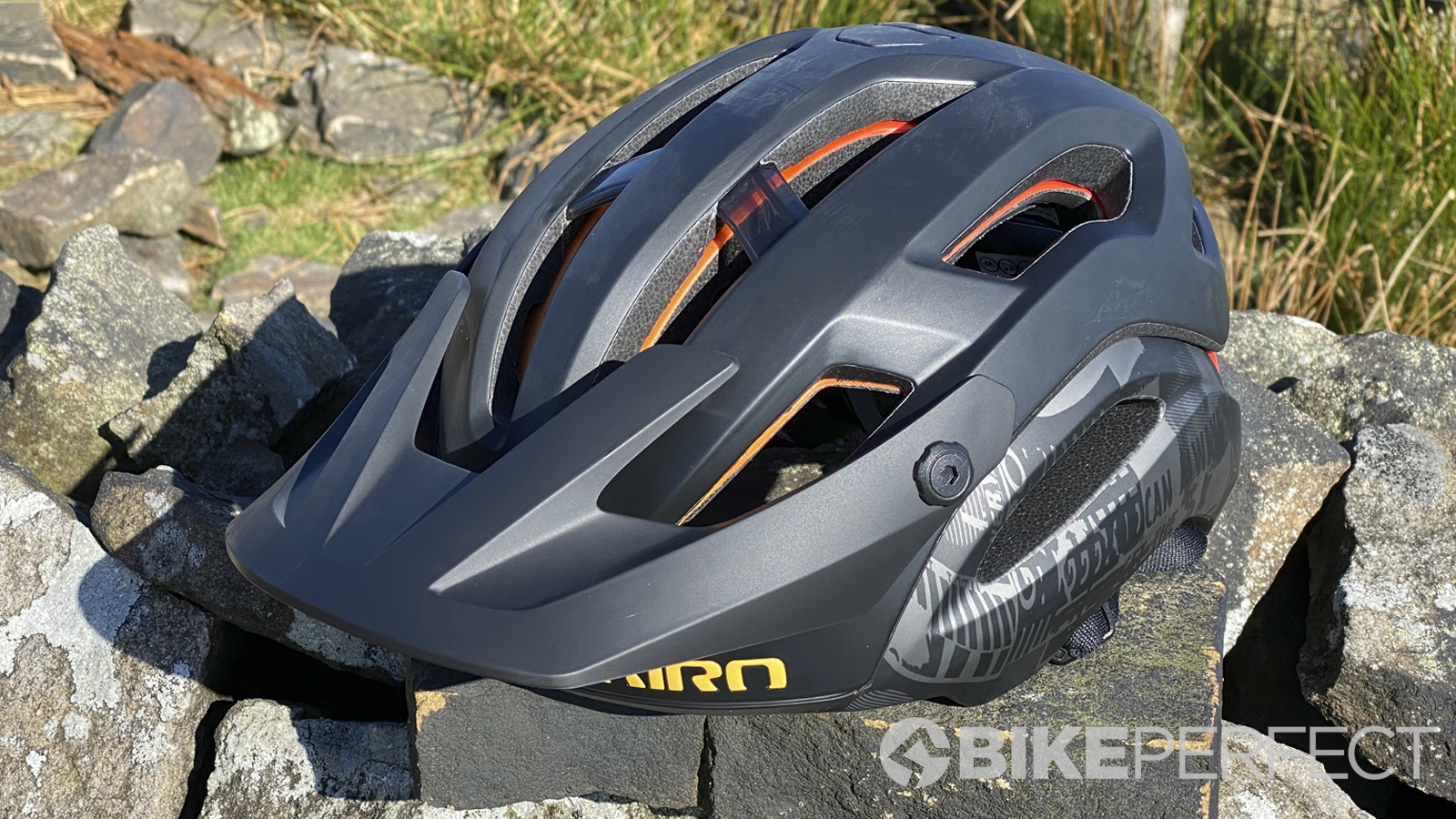
Specifications
Reasons to buy
Reasons to avoid
The Manifest is Giro's premium trail-riding helmet, and features MIPS' double-decker Spherical rotational technology for the ultimate in protection. It also has excellent levels of ventilation, thanks to a reinforcing arch which bolsters the structure while allowing maxmium airflow through massive vents.
We found the fit felt fantastic - it's super-secure, using a padded, dial adjusted Roc Loc Trail Air cradle and a magnetic FidLock catch on the straps. The visor moves through a wide range of angles and there's a rubber goggle gripper on the back of the helmet.
Our reviewer Guy Kesteven summed up: "Giro’s Manifest is a super-smart, super-comfortable, cool-riding trail lid that’s loaded with a whole menu of small but worthwhile details."
Read our full review to see why the Giro Manifest Spherical scored 4.5 stars.
9. Best for style

Specifications
Reasons to buy
Reasons to avoid
Troy Lee Designs' A3 helmet scores top points for style, as well as offering decent protection, with basic MIPS and dual-density foam so the helmet can handle both big hits and smaller, repetitive knocks.
The A3 also features some nice extra details, including a 3D Fidlock magnetic buckle on the chin strap, easily adjustable side buckles for fine-tuning, a fully adjustable visor and a mini magnet to minimize visor rattling.
We found the fit really snug without any hot spots, and the padding and Sweat Glide EVA foam brow pad helped soak up sweat.
Ou reviewer Paul Burwell concluded: "Troy Lee Designs always scores points for its semi-custom colorways, attention to detail and style, but with the A3 you also get some sensible and practical features."
Check out our full review of the Troy Lee Designs A3.
Cross-country helmets
10. Best cross-country overall
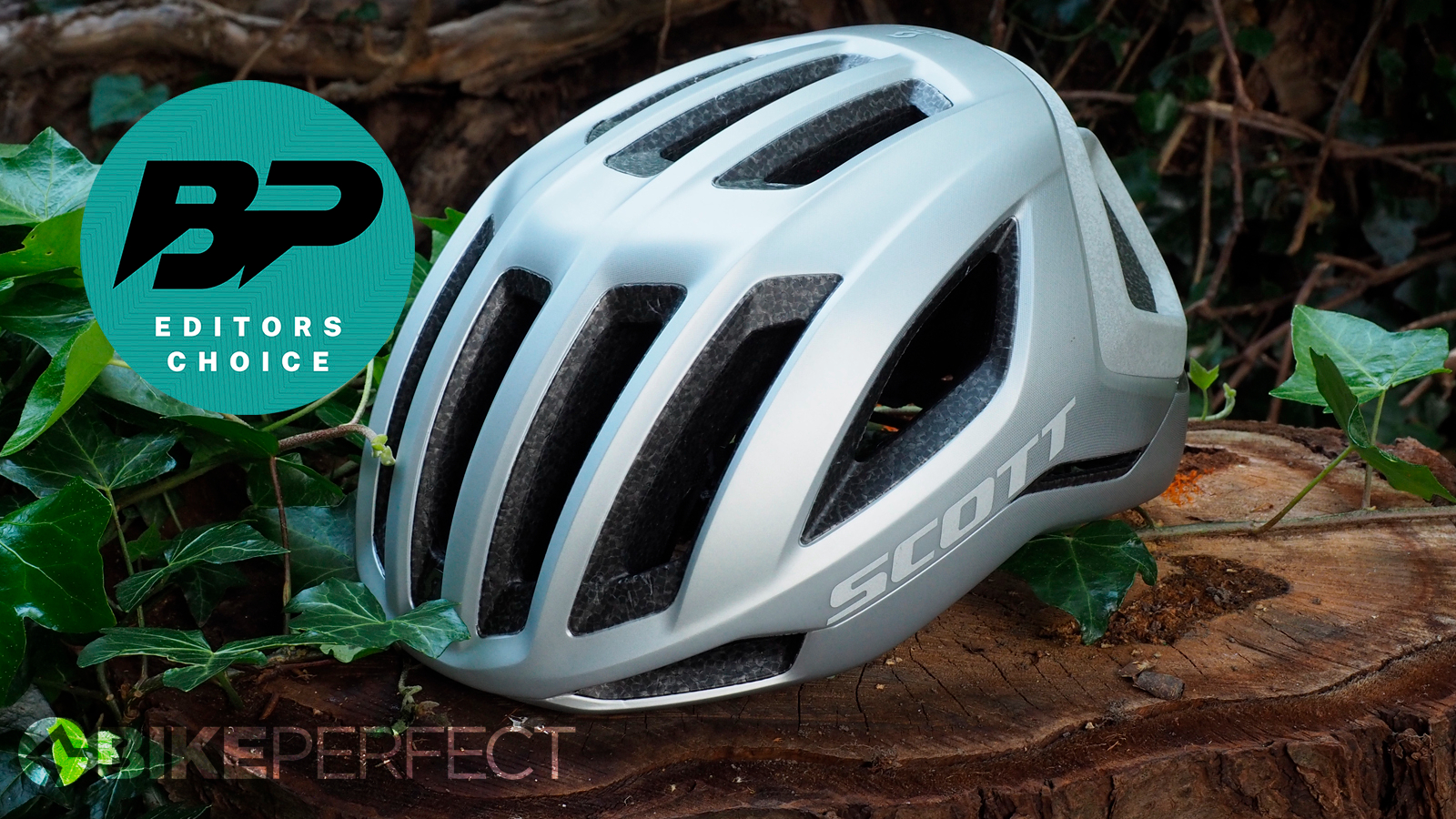
Specifications
Reasons to buy
Reasons to avoid
With a lightweight, aerodynamic shape, the Centric is geared more towards the speed of cross-country and marathon racing. This is one of the best XC helmets and is proven by the fact that it is worn by riders like Nino Schurter and Kate Courtney during World Cup races.
The Centric uses a more aero design than some mountain bike helmets, so it is at home on road bikes, too. In addition to the shape, the Centric features MIPS technology to protect against any falls. You'll notice the large vents on the helmet too, which will keep your head nice and cool during all-out efforts.
We found it super-airy, light and comfortable, with the fit system really easy to adjust. The straps are fixed-length around the ears, but we found this a bonus as it means the helmet never goes out of alignment, and the unobtrusive triangle buckle sits flat. And while the MIPS/cushioning system may look slender and fragile we found it holds up just fine.
Our reviewer Sean Fishpool summed up: "If your riding is more towards the aerobic end of things, and you want a light, well-ventilated, and comfortable helmet, the Centric Plus should be on your list."
For more details, check out our full review of the Scott Centric Plus.
11. Best value cross-country

Specifications
Reasons to buy
Reasons to avoid
The Junction is Cannondale's entry-level MIPS equipped XC and gravel helmet, but its performance and build quality are far superior than its price tag would suggest.
Right from the off the Junction feels light and well ventilated – there's no unwanted pressure or discomfort around the temple areas and we found the helmet pads themselves to be of good quality.
Internally the MIPS liner is hyper mobile and looks like it'll do an excellent job of redirecting forces in the unfortunate event of a crash. Its shell design is high end and it's available in a variety of premium-looking color schemes.
Our reviewer Guy Kesteven reported: "It’s light, vents well, is stylish for its intended use and adds extended depth as well as MIPS protection. It certainly doesn’t look or feel cheap, either, and probably the biggest recommendation is the fact I’ve ended up using it a lot more than I needed to for testing."
For more info, head over to our full Cannondale Junction review.
12. Best cross-country/road crossover
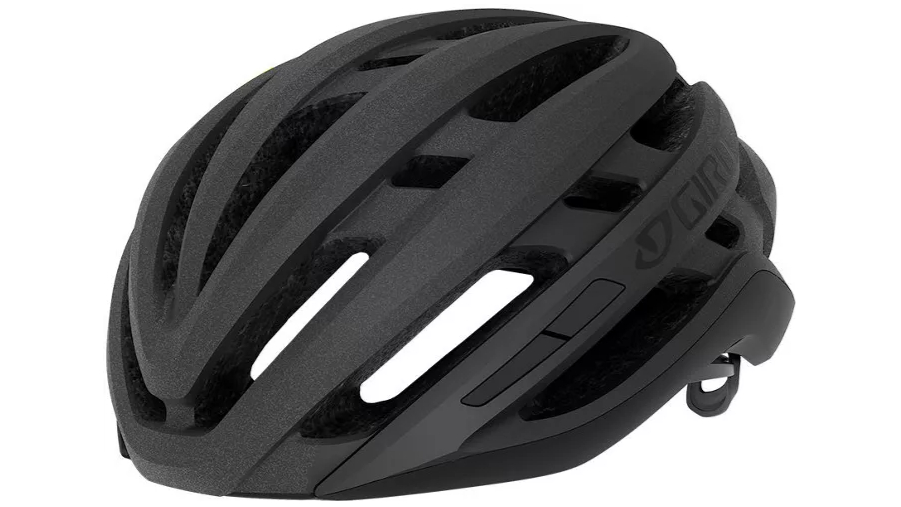
Giro Agilis MIPS
Specifications
Reasons to buy
Reasons to avoid
Giro takes inspiration from its road and mountain bike helmets to create the Agilis, a helmet that offers the airiness of a road helmet yet has the additional coverage to offer the added protection that off-road riders seek. The helmet has many of the features seen on higher-end Giro helmets including a comprehensive in-molded outer to help protect the helmet.
This helmet also uses a low-profile design, so it's fast on the cross-country racecourse as well as on the road or gravel routes. With a highly competitive price tag and considering it has MIPS, we think the Giro Agilis is a great buy.
Downhill helmets
13. Best downhill overall

Specifications
Reasons to buy
Reasons to avoid
Having collaborated with professional riders Martin Söderström and Robin Wallner in its design, POC offers a full-face helmet that's burly enough for freeride or enduro, but cool enough for long enduro days.
POC has used an expanded polypropylene (EPP) rather than expanded polystyrene (EPS) as it doesn’t deform permanently under impact and should offer better protection from multiple impacts, which can be common on a high-speed incident.
POC says the ventilation system has been optimized for both low and high speeds and, while in testing we found it wasn't as breezy as we expected, it still performed well enough to keep us cool racing down the hill or pedaling back up. Like the Axion helmet featured above, the Coron also employs POC's SPIN spherical technology to help manage rotational forces that occur in a crash.
Our reviewer Sean Fishpool summed up: "It’s comfortable, with a great sense of protection and some innovative design and safety features, all at a reasonable price."
For more details, check out our first look at the POC Coron Spin full-face helmet.
14. Best value downhill
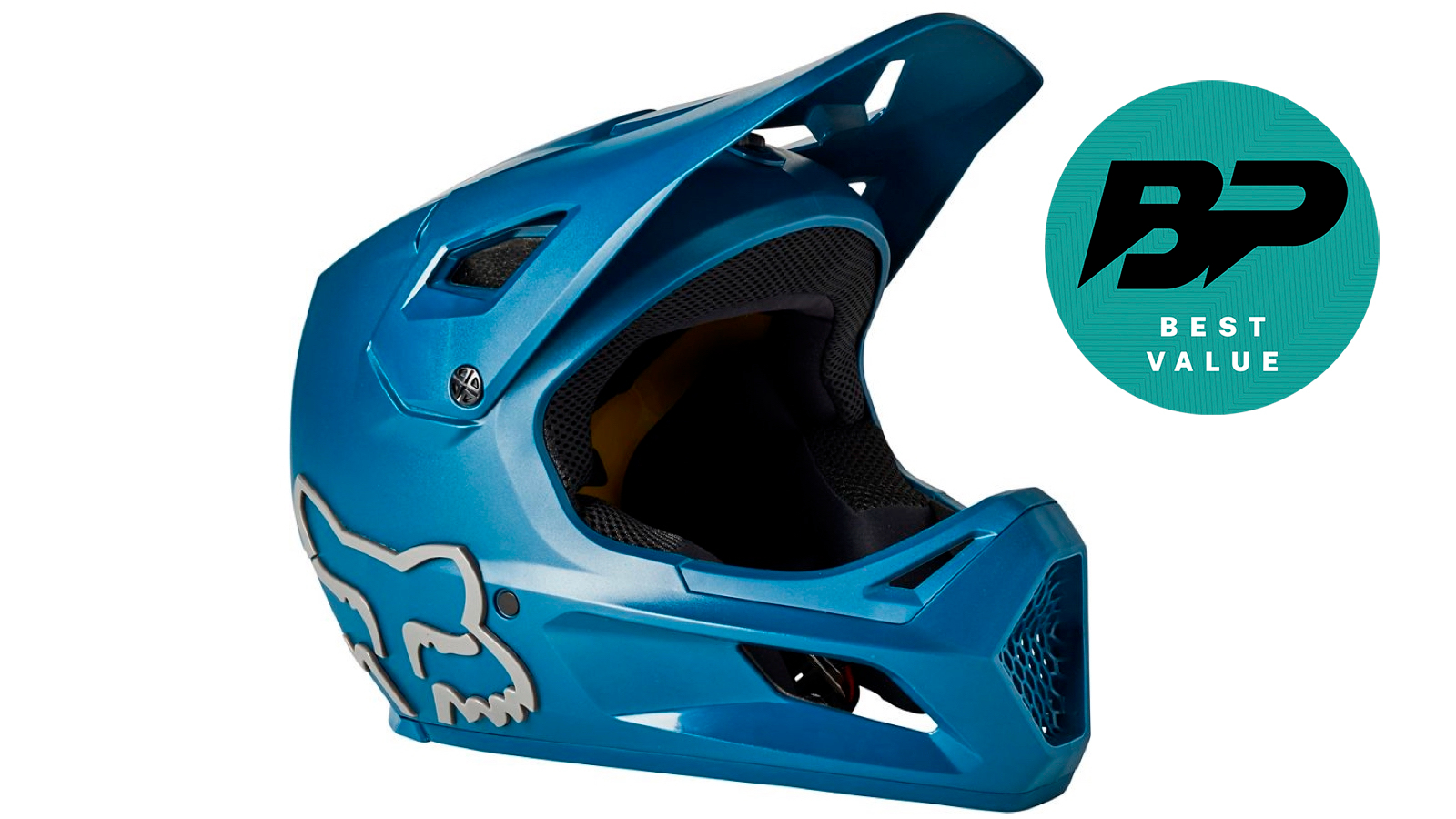
Fox Rampage
Specifications
Reasons to buy
Reasons to avoid
Full-face helmets can get expensive, and the Fox Rampage is certainly more pricey than open-face offerings. However, the protection benefits are well worth the additional cost if you ride downhill or freeride.
The Rampage is a fairly standard full-face helmet, and Fox offers more expensive options (you can get a lightweight carbon version, for example). This standard version features MIPS and uses an injection-molded ABS shell. It also features mesh screen ventilation, a D-ring closure system and an adjustable visor.
15. Best downhill for racing

Specifications
Reasons to buy
Reasons to avoid
Troy Lee Designs is seen as the industry standard for both downhill and motocross full-face helmets. The D4 is used by many pro downhillers and freeriders, proving its reputation as one of the best full-face mountain bike helmets out there. Troy Lee produces the D4 in two versions, a cheaper composite construction or a premium carbon version.
The helmet uses 20 intake and exhaust ports which offer superb ventilation to make the helmet more comfortable on all-day sessions. It's also impressively light, with the carbon version sneaking under the 1kg mark and the composite only 50g more.
It is offered in a wide range of sizes to fit any rider and is available in either the strong graphics that Troy Lee Designs is known for, but in more conservative color options too. If you're looking for something more exclusive, TLD offers custom colors or lettering as an optional extra for the full factory feel.
Our reviewer Sean Fishpool concluded: "It's noticeably lightweight, premium looks and feel, and sophisticated construction makes this a classy all-day option for downhillers."
We have a first look on the Troy Lee Designs D4 Carbon helmet if you are looking for more details.
16. Best lightweight downhill

Specifications
Reasons to buy
Reasons to avoid
One of the lightest full-face helmets, the Dainese Linea 01 weighs in at just 570g for a medium helmet. Dainese uses an embedded nylon exoskeleton to improve penetration resistance and the strength of the EPS layer, which means less material, and less weight.
Extensive vents also reduce weight, and we found the airflow excellent, even when climbing in hot weather. Combine that with the low weight and you easily forget you're wearing a full-face helmet.
While it is fully certified, DH riders may still prefer the extra reassurance of a heavier lid. However, if you're after a lightweight full-face for enduro or e-MTB then the Dainese Linea 01 is going to fit the bill.
Our reviewer Mick Kirkman summed up: "The Dainese Linea 01 MIPS is so lightweight and well vented, it’s suitable for riding in all day (even in warm weather) if you want extra protection for e-biking, enduro or aggressive trail riding."
For more details, read our Dainese Linea 01 MIPS review.
17. Best convertible downhill
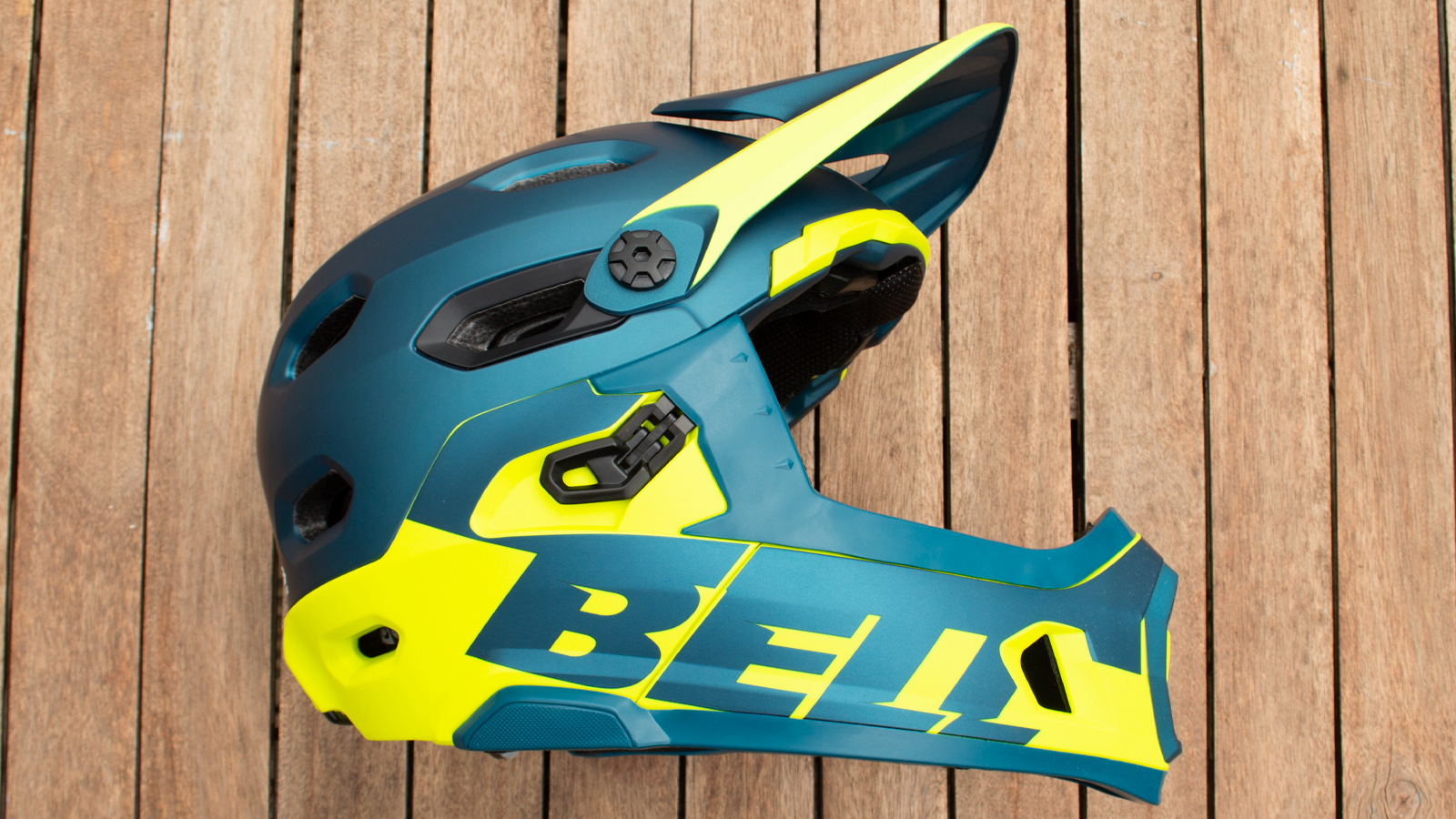
Bell Super DH Spherical
Specifications
Reasons to buy
Reasons to avoid
Bell was one of the companies to first introduce detachable chin bar technology, so it's only fitting to include it on this list.
The Super DH Spherical is very similar to the Bell Super Air Spherical open-face helmet, but is a full-face that comes with a chin bar that can be removed when required. In testing, we've found it to be a top option for trail, enduro or DH riding/racing as the chin bar is DH certified – unlike the lighter Super Air R MIPS model.
Removing or fitting the chin bar involves operating three clips – one on each side and another one at the rear. When in place, the chin bar feels rock steady without any movement at all.
Vents are located over the brows which intake air and pass it through the helmet to help stop your head from overheating. The visor area has enough space for both goggles or glasses. Our medium test sample weighed in at 897g – a tad heavier than the claimed 860g but still reasonable for a DH-certified model. The Super DH comes with swappable cheek pads of two different thicknesses to enable you to get a comfortable fit when using it in full-face mode.
Comparison table
Helmet | Discipline | Rotational safety | Sizes | Colors |
|---|---|---|---|---|
POC Axion SPIN | Trail and enduro | SPIN | XS/S, M/L, L/XL | Black, pink, green and more |
Endura Hummvee Plus | Trail and enduro | MIPS | S/M, M/L, L/XL | Black, blue, gray and more |
Outdoor Master Gem | Trail and enduro | MIPS | M, L | Black, blue, yellow and more |
Bell Super Air Spherical | Trail and enduro | MIPS | S, M, L | Matte black/white, Matte red/black, Matte/Gloss black and more |
Specialized Gambit | Trail and enduro | MIPS SL | S, M, L | Black, oak green |
Giro Tyrant | Trail and enduro | MIPS | S, M, L | Green, yellow, multiple types of black |
Lazer Jackal KinetiCore | Trail and enduro | KinetiCore | S, M, L | Black, blue, red and more |
Giro Manifest MIPS | Trail and enduro | MIPS Spherical | S, M, L | Black, orange, white and more |
Troy Lee Designs A3 | Trail and enduro | MIPS | SX, M/L, XL/XXL | Blue, camo, gray and more |
Scott Centric Plus | Cross country | MIPS | S, M, L | White, gray, black and purple |
Cannondale Junction | Cross country | MIPS | S/M, L/XL | Blue, black, gray, black cherry and quicksand |
Giro Agilis MIPS | Cross country | MIPS | S, M, L | Black, white, yellow, blue and red |
POC Coron Air | Downhill | SPIN | XS/S, M/L, XL/XXL | White, gray, black and pink |
Fox Rampage | Downhill | MIPS | S, M, L, XL | White, black, red, green and blue |
Troy Lee Designs D4 | Downhill | MIPS | XS, S, M, L, XL, XXL | Multiple colors and designs |
Dainese Linea 01 MIPS | Downhill | MIPS | XS-S, M-L, L-XL | Black/gray, Gray/red, White/black |
Bell Super DH Spherical | Downhill | Spherical MIPS | M, L | Black, blue/hi-viz, black/camo and more |
How to choose the best mountain bike helmet
What kind of helmet is best for the mountain biking I do?
The type of helmet you buy, whether it's half-shell or full-face, can largely be determined by your riding discipline.
To start, cross-country mountain biking helmets are most similar to road cycling helmets. They are more circular in their profile and tend to be lightweight. They will also feature lots of ventilation to allow riders to push themselves to the limit without overheating. These helmets also cross over as some of the best gravel bike helmets too if you are interested in gravel riding.
The next step up in terms of coverage area are trail and enduro mountain biking helmets. These helmets are a bit bulkier and have more protection toward the back of the head. Full-face helmets can be used for enduro, too, with many racers preferring them for the gnarlier tracks. Some enduro helmets feature a detachable chin bar. These helmets have become more popular in recent years. They offer lots of versatility as you can stash the chin piece in your backpack while climbing, and then attach it for more protection on the descents.
For downhill mountain biking and freeriding riders use full-face helmets, which are pretty much mandatory when racing or riding bike parks.
There's lots of crossover in mountain bike disciplines and helmet designs. What helmet you buy comes down to personal preferences such as performance, comfort and safety requirements.
And while a helmet is a mountain biking essential, protection doesn't end there – you should also equip yourself with the best mountain bike gloves and the best mountain bike knee pads.
How much should I spend on a mountain bike helmet?
Spending more money on a helmet doesn't necessarily achieve better protection. A quick browse of independent helmet testers Virginia Tech will show a broad range of helmets amongst its top-rated with Specialized's Tactic 4 helmet taking the top spot with second place, Sweet Protection's Trailblazer MIPS, costing 50 percent more.
Spending more on a helmet will generally offer better ventilation, lower weight, better adjustability and other features such as sunglass storage or tracking sensors etc.
Rather than budget, the most important consideration is fit. Whether you are looking for the best mountain bike helmet under $100 or your budget is three times that, choosing a helmet that fits well is going to offer much better value in the event of a crash.
How should a mountain bike helmet fit?
While there are many factors that need to be considered when choosing the right helmet, how well it fits trumps all. MIPS and other protective features will improve the safety of a helmet but a poor fit will massively reduce the helmet's effectiveness in all aspects.
A helmet should fit securely while still being comfortable. You shouldn't feel any pressure points when the helmet is worn. When adjusted and secured in place the helmet shouldn't move on your head as in a crash this can severely reduce the helmet's ability to protect you, or even worse obscure your vision on rough sections of trail and cause you to crash.
All manufacturers will provide a size guide based on head measurements but these can only go so far as there is no way to account for skull shape. Our advice: try before you buy.
Is it worth paying extra for MIPS?
Spherical helmet technologies are like a ball and socket. While one layer stays put, the other can move freely in the event of an impact. This is thought to absorb more energy, taking away some of the forces that your head will experience from an angular impact which can be the cause of concussion and other head injuries.
The most common system is from a brand called MIPS and many helmet manufacturers are utilizing the tech to create the best MIPS mountain bike helmets.
MIPS isn't the only system on the market though with many other brands opting to develop their own systems. POC uses SPIN, Bontrager (Trek) uses a WaveCel honeycomb design and Leatt uses a 360 Turbine system.
It's difficult to quantify whether one system is better than another, though spherical helmet technologies are also becoming cheaper, so more riders can take advantage of improved safety features.
Do mountain bike helmets get hot?
It’s difficult to know how cool or hot a helmet will be without actually wearing it on a ride. However, ventilation is important to keep in mind when buying one of the best mountain bike helmets. You can also get a sense of a helmet’s ventilation by reading reviews published on Bike Perfect. Whatever the case, it's worth considering your own personal heat tolerances before taking the plunge.
Why do MTB helmets have peaks?
You will notice that some helmets in our guide have peaks, while others don't. Generally, helmets designed for trail riding, enduro and downhill will feature peaks to help keep dirt, weather and tree branches out of a rider's face while they ride narrow trails.
Many cross-country riders opt for helmets without peaks as they give better ventilation, weigh less and offer better aerodynamics. As cross-country mountain biking is generally faster-paced this can make a significant difference in comfort and speed.
When should I replace my MTB helmet?
Helmets rely on the Expanded Polystyrene (EPS) foam material they are made from absorbing impacts by compressing. The reality is as a helmet gets older it will experience small impacts through use and transport that can render the helmet less effective. Manufacturers generally recommend replacing your helmet every three to five years.
This advice is simply a guide though and if your helmet begins to show signs of wear or damage sooner then it needs to be replaced. The same can be said for very old helmets as well; safety technology and manufacturing techniques have come a long way over the last ten years meaning it's worth investing in new tech even if your old faithful lid still seems fine.
How we test MTB helmets
All the helmets we've tested here have been put through many hours of riding in many different conditions – heat, cold, wet, dry and more. Whether designed for trail, enduro or cross-country use, we've tried them out to see how they work while pedaling up, down and across the hills and mountains – when purely testing, as well as during MTB race conditions.
We've only occasionally (and inadvertently) tested certain models in actual crash conditions, but we've observed how the helmets perform over time and examined the manufacturers' claims about them. We've tested the convertible helmets in both full- and open-face modes.
Meet the testers

Rich has been riding mountain bikes since the early '90s and testing bikes and kit for over a decade. He's worn hundreds of helmets over the years, so knows what works and what doesn't.
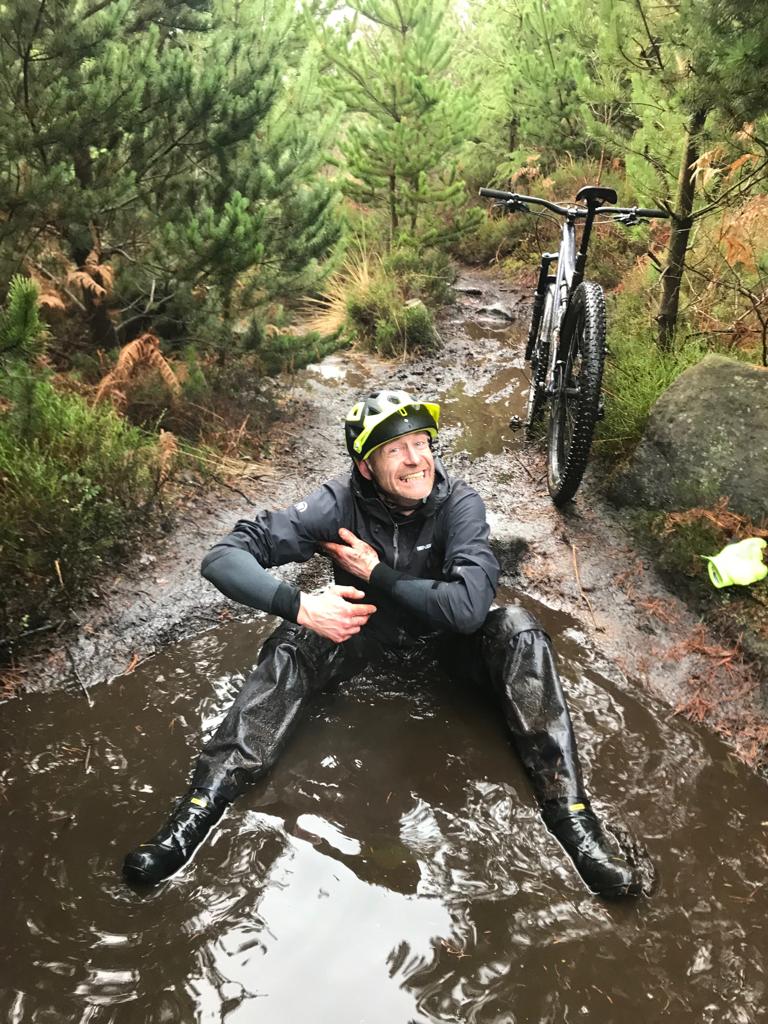
Guy's been testing and writing about mountain bikes since the early nineties and we're betting that he's tested more MTB helmets than anyone else in the UK.

Graham is all about riding bikes off-road. He has some of the best mountain bikingin the UK right on his doorstep. With almost 20 years of riding experience, he has dabbled in downhill and enduro MTB racing.

Jim Bland is a product tester and World Cup Downhill mechanic. Always on the hunt for the perfect setup, Jim will be found comprehensively testing kit with World Cup racing levels of detail.
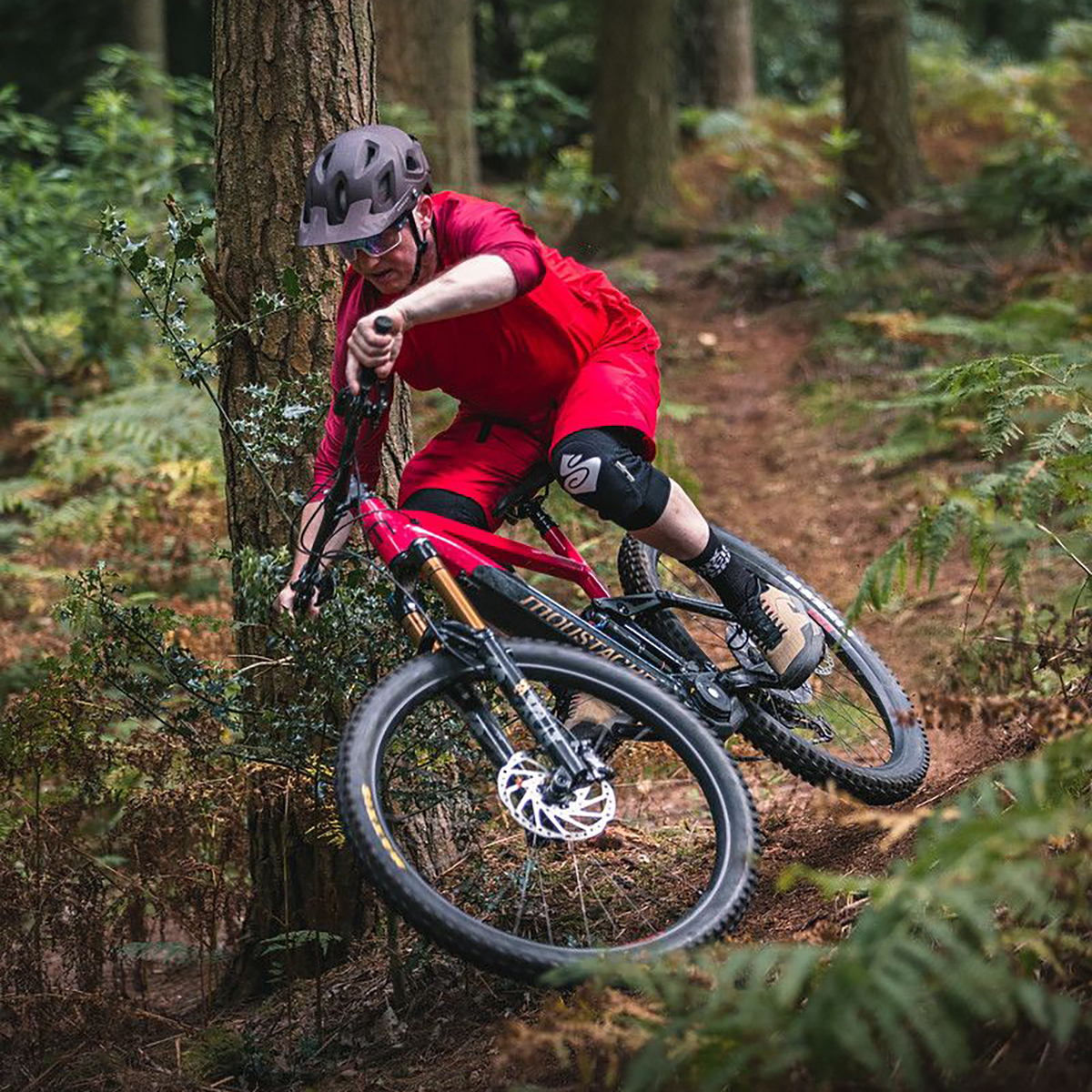
An ex-elite level XC racer, Paul has broken more bones than records but is now sustained on a diet of bike and product testing, trail building, skills coaching and e-bike trail shredding.
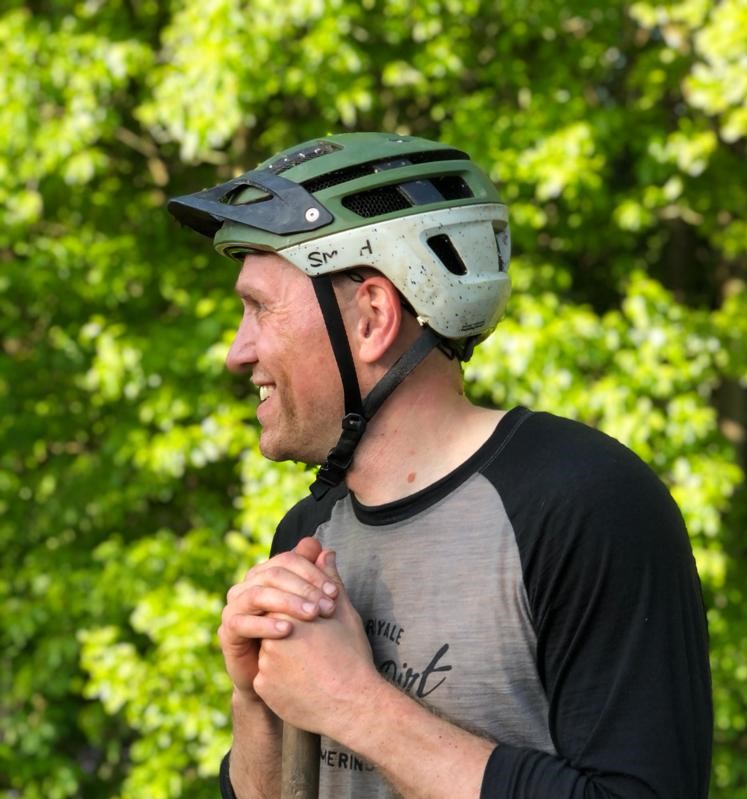
An ex-elite downhill racer, Mick's been mucking about and occasionally racing mountain bikes for over 20 years. Gravity riding is his thing and Mick's tested all the leading models of full-face helmets.

James has over 35 years riding experience, getting involved with the burgeoning mountain bike scene in the late eighties and hasn’t stopped riding since. He raced cross-country across the South West of the UK for many years.

Graham Cottingham joined the BikePerfect team as our senior tech writer in 2020. With over 20 years of riding experience, he has dabbled in downhill, enduro, and gravel racing. Not afraid of a challenge, Graham has embraced bikepacking over the last few years and likes nothing more than strapping some bags to his bike and covering big miles to explore Scotland's wildernesses. When he isn’t shredding the gnar in the Tweed Valley, sleeping in bushes, or tinkering with bikes, he is writing tech reviews for BikePerfect.
Rides: Cotic SolarisMax, Stooge MK4, 24 Bicycles Le Toy 3, Surly Steamroller
Height: 177cm
Weight: 71kg
- Jim BlandFreelance writer
- Rich OwenEditor, BikePerfect
- Guy KestevenTechnical-Editor-at-Large
- Richard Edwards
